Our adventure started before we even left the rental car place… I couldn’t find where to release the parking brake on this push-button Mercedes! 🙂
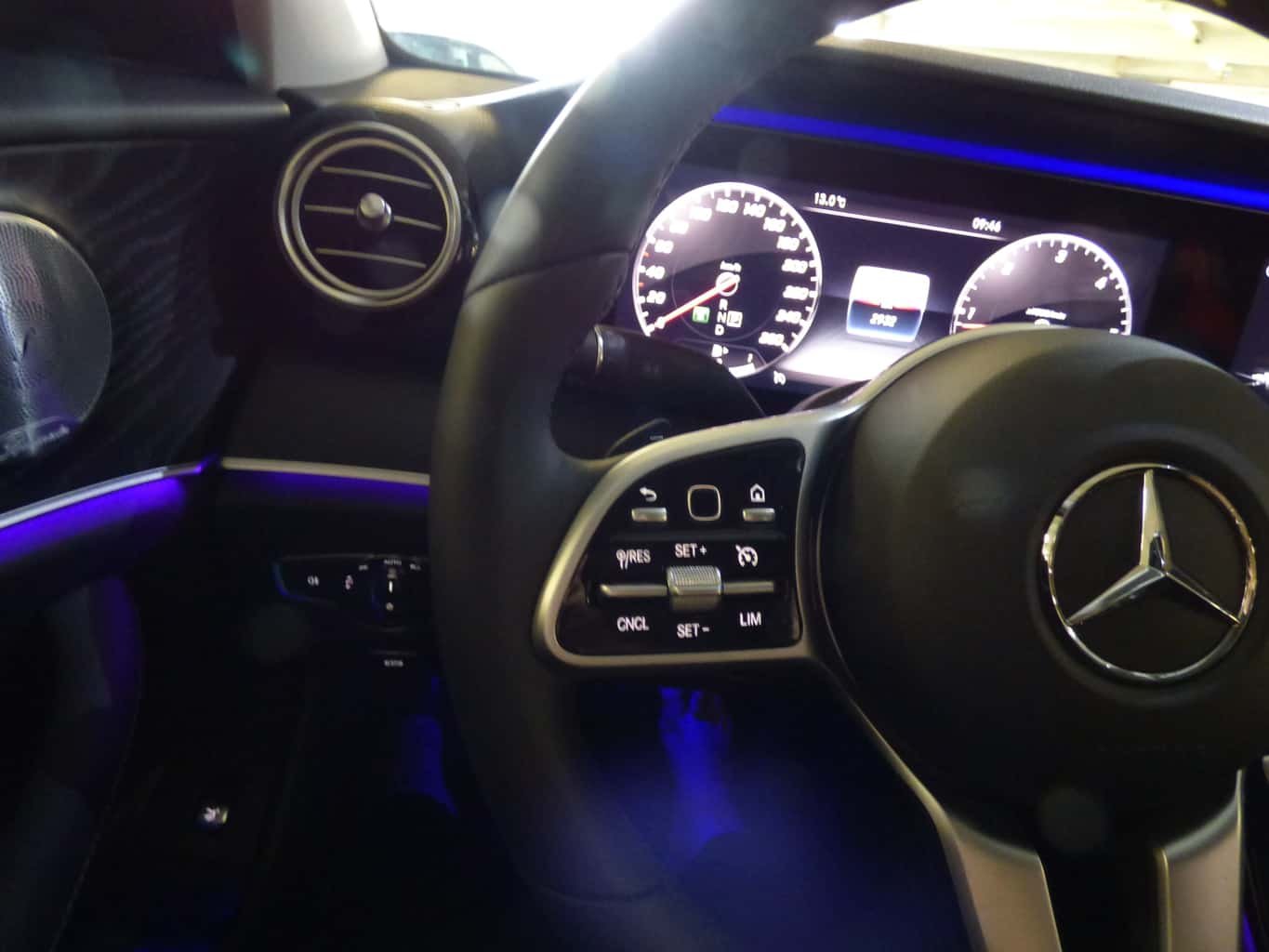

Leaving the rental yard, and having the obligatory “gute fahte” message…

We were on our way from Vienna to Italy…

Our first adventure was to find the incredible Weltmaschine in the Austrian countryside… somewhere..!



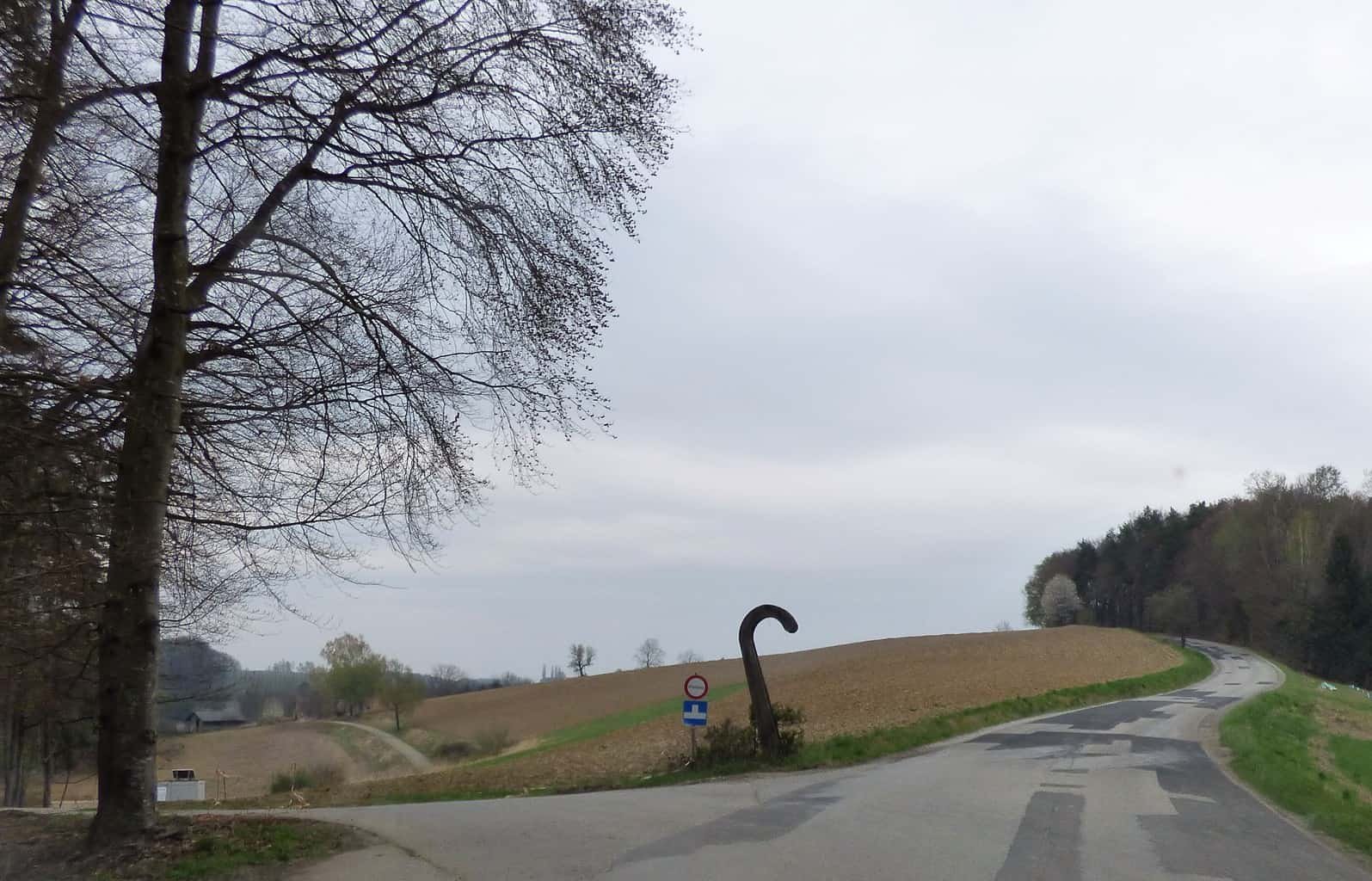
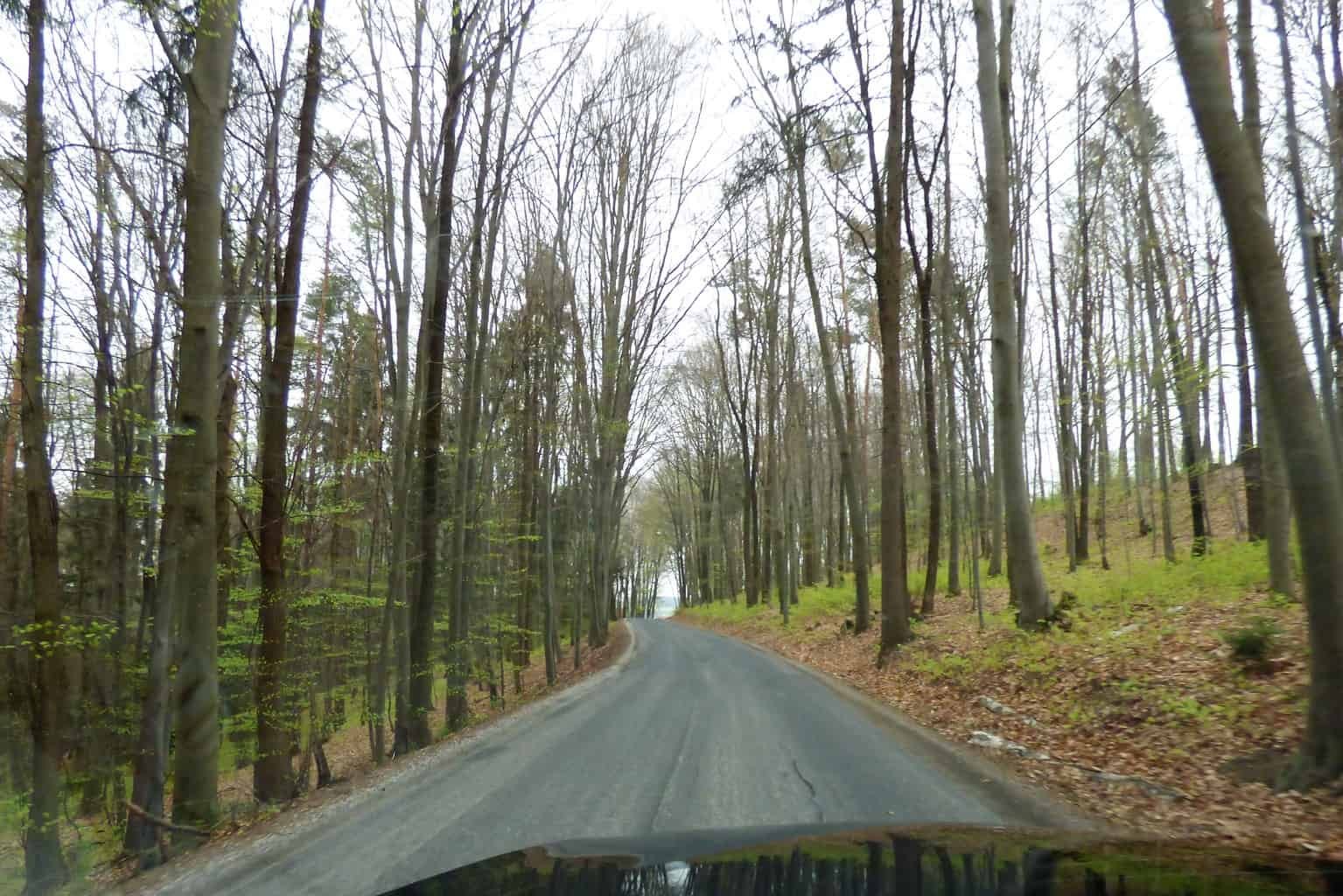
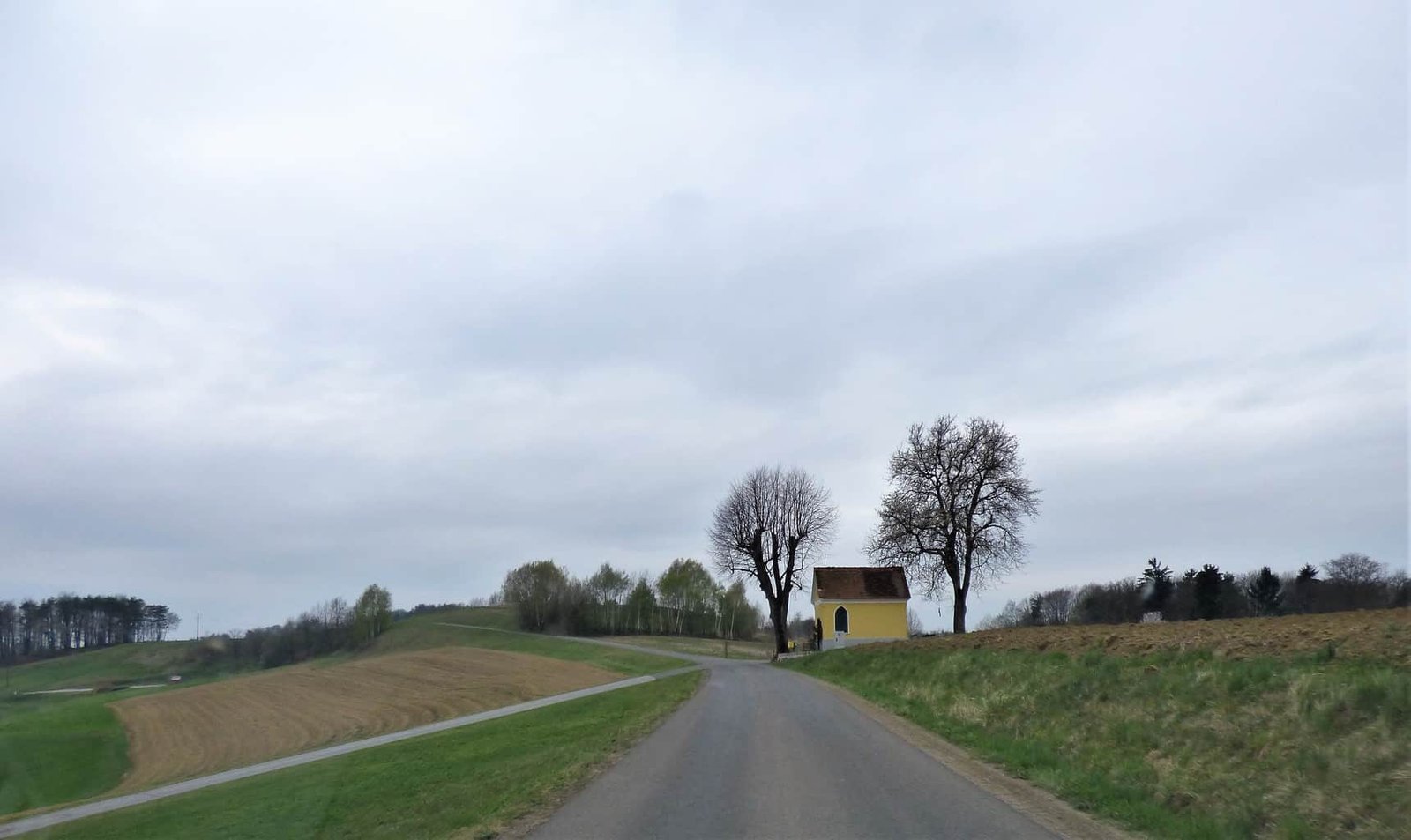
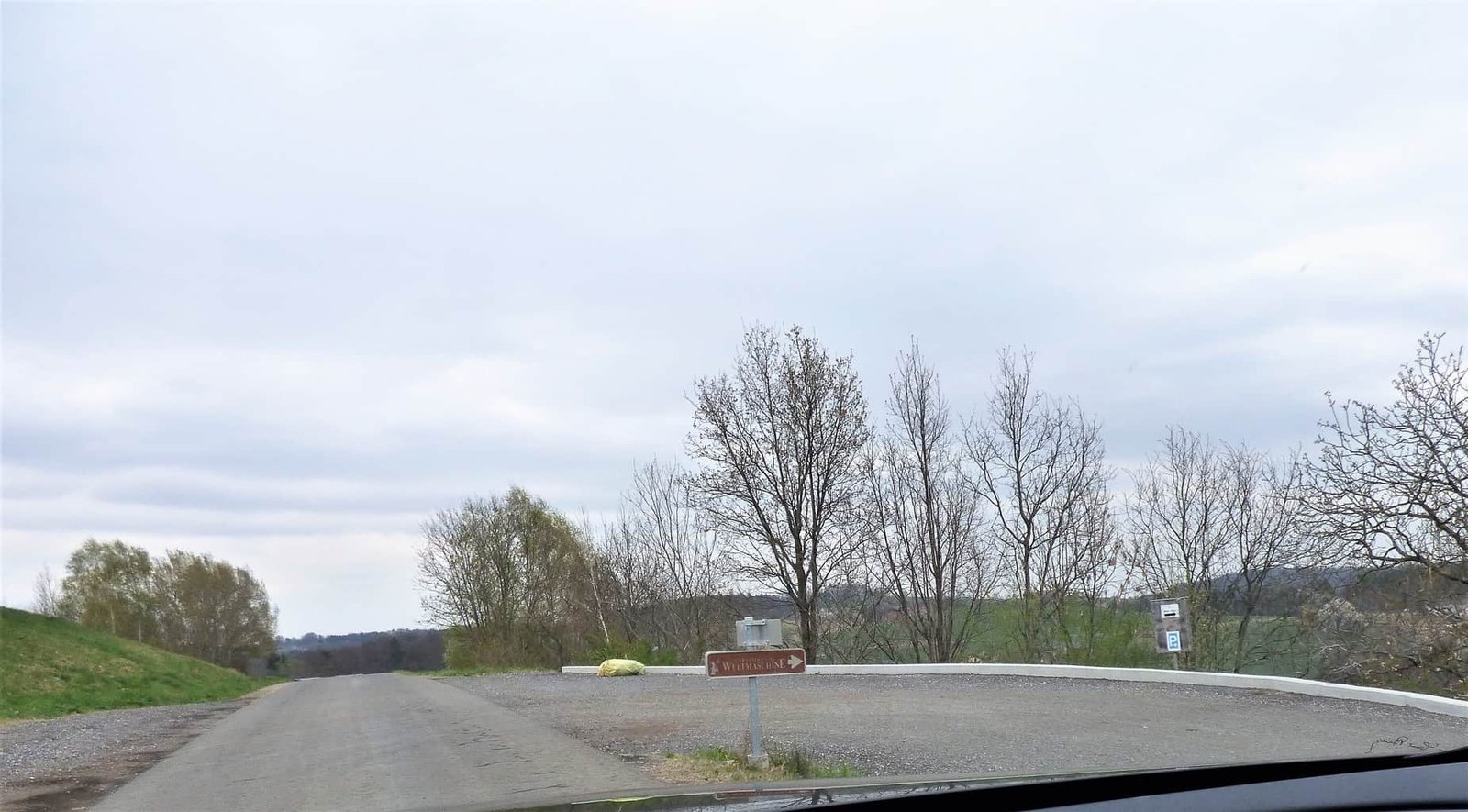

Eventually, after a LOT of small, windy roads, we found our destination… and it is EXTRAORDINARY!

From their website:
The Styrian Franz Gsellmann made only one single journey in his life: to Brussels – to “his” Atomium. On October 8, 1958, he visited the World’s Fair in Brussels. A picture of the Atomium in the newspaper has taken him there. This exhibition will forever change the life of the farmer who comes from a small village in Styria. From that moment on, his only dream is to build a machine with the Atomium at its center. His work, a kind of “perpetual motion” , will occupy him for 23 years until his death. The result is impressive: thousands of parts, hundreds of light bulbs and 25 electric motors drive them.


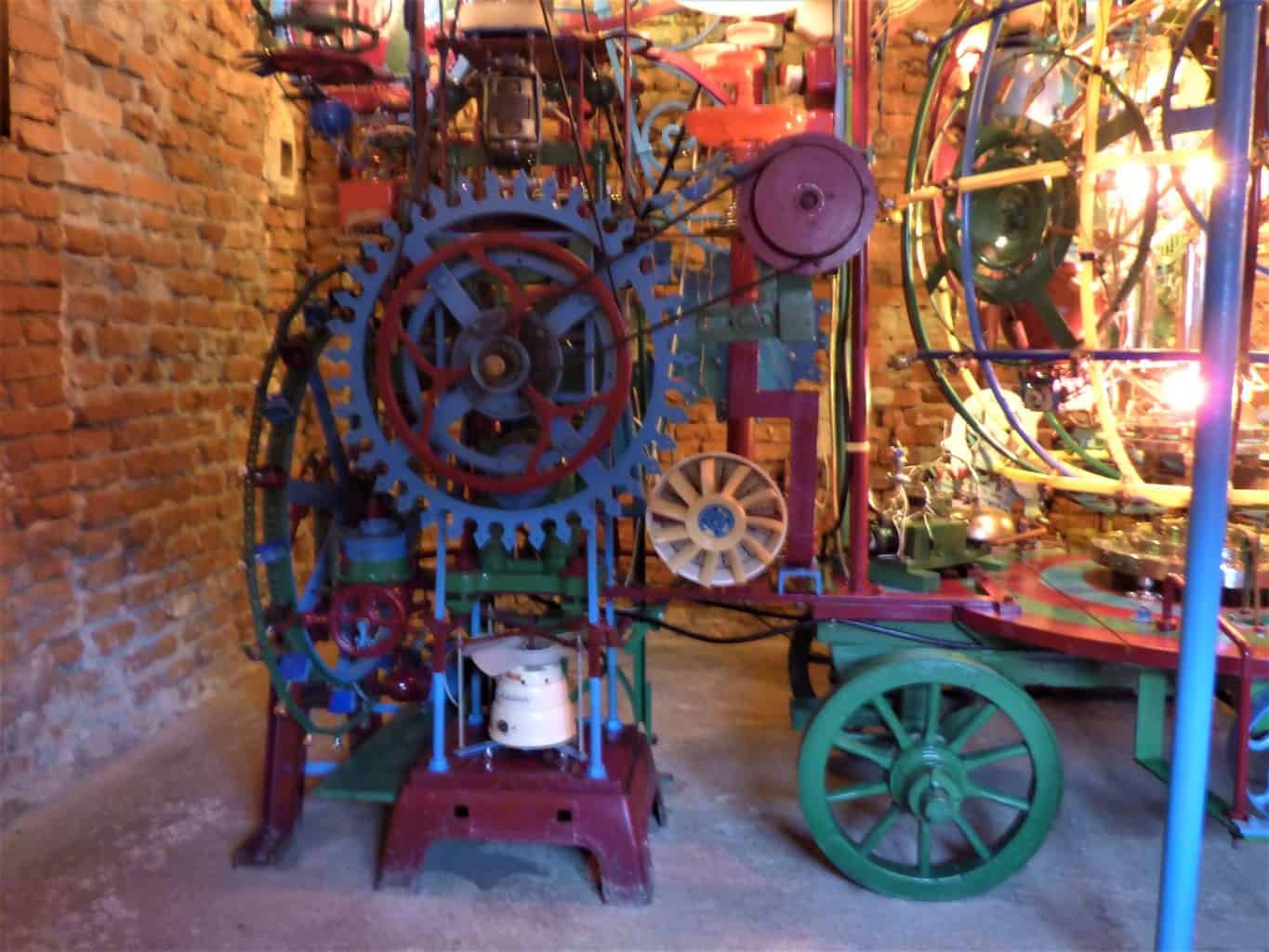













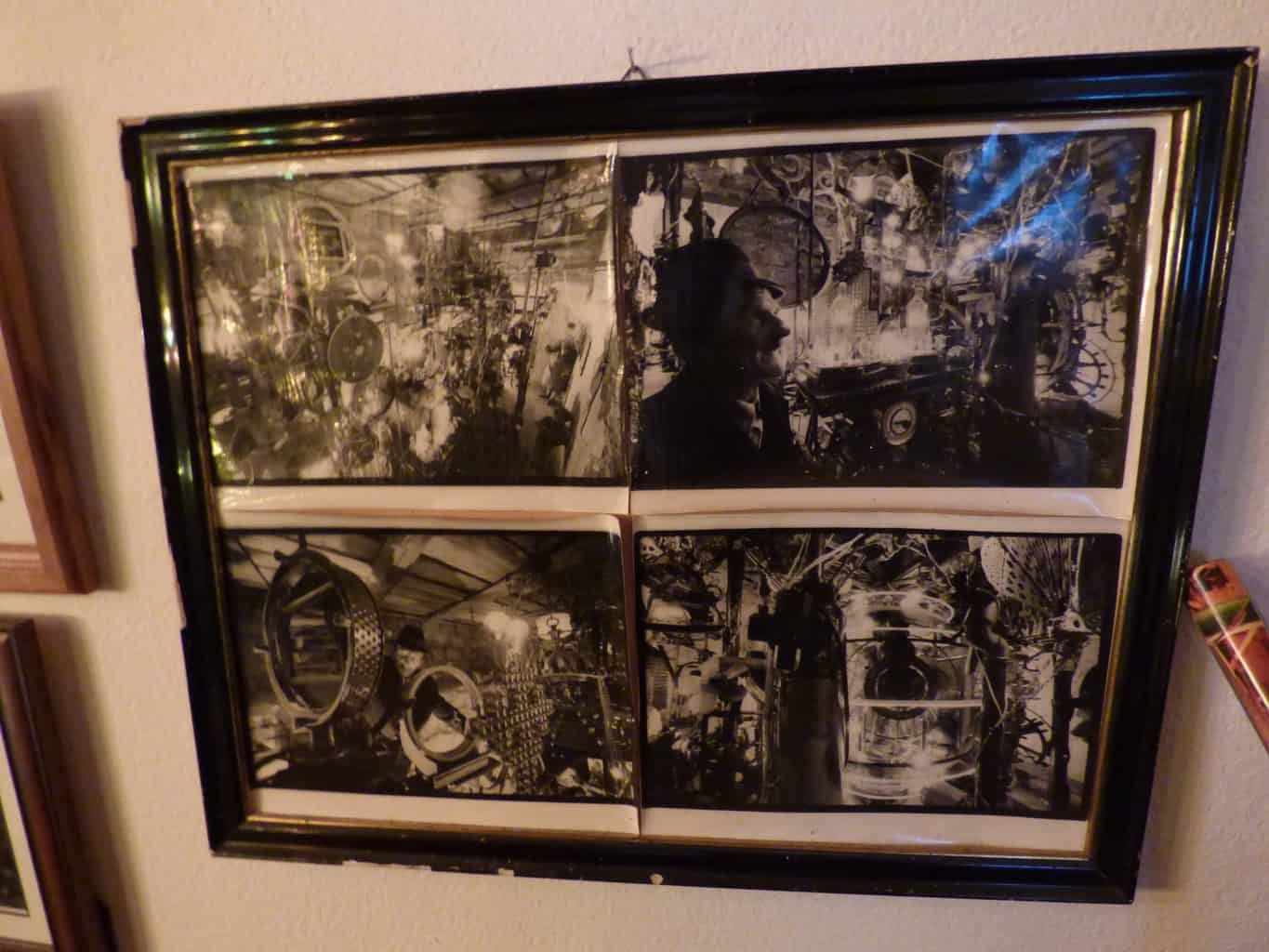

From the moment we walked in the door, there was just such a feeling of HAPPY!




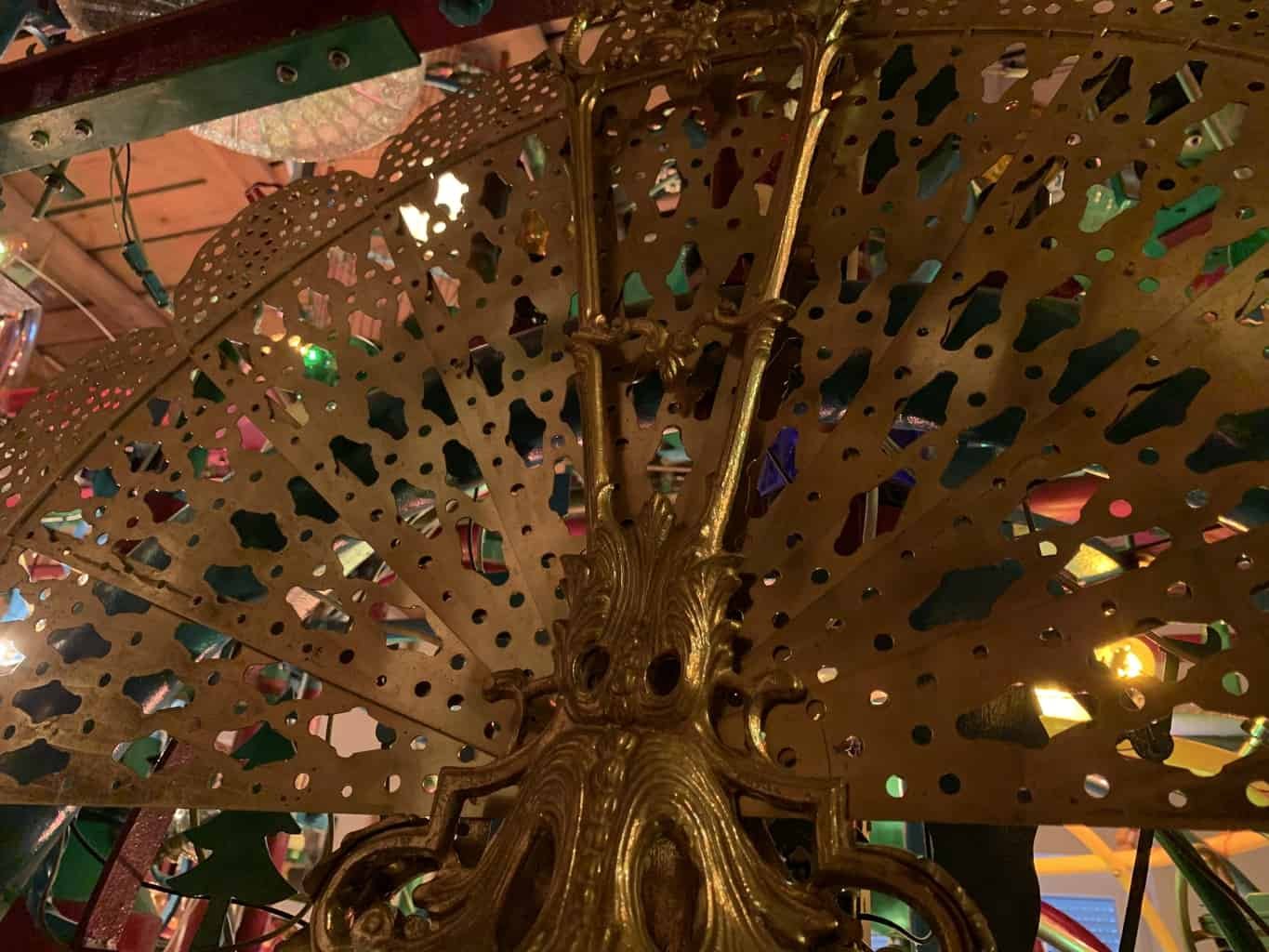
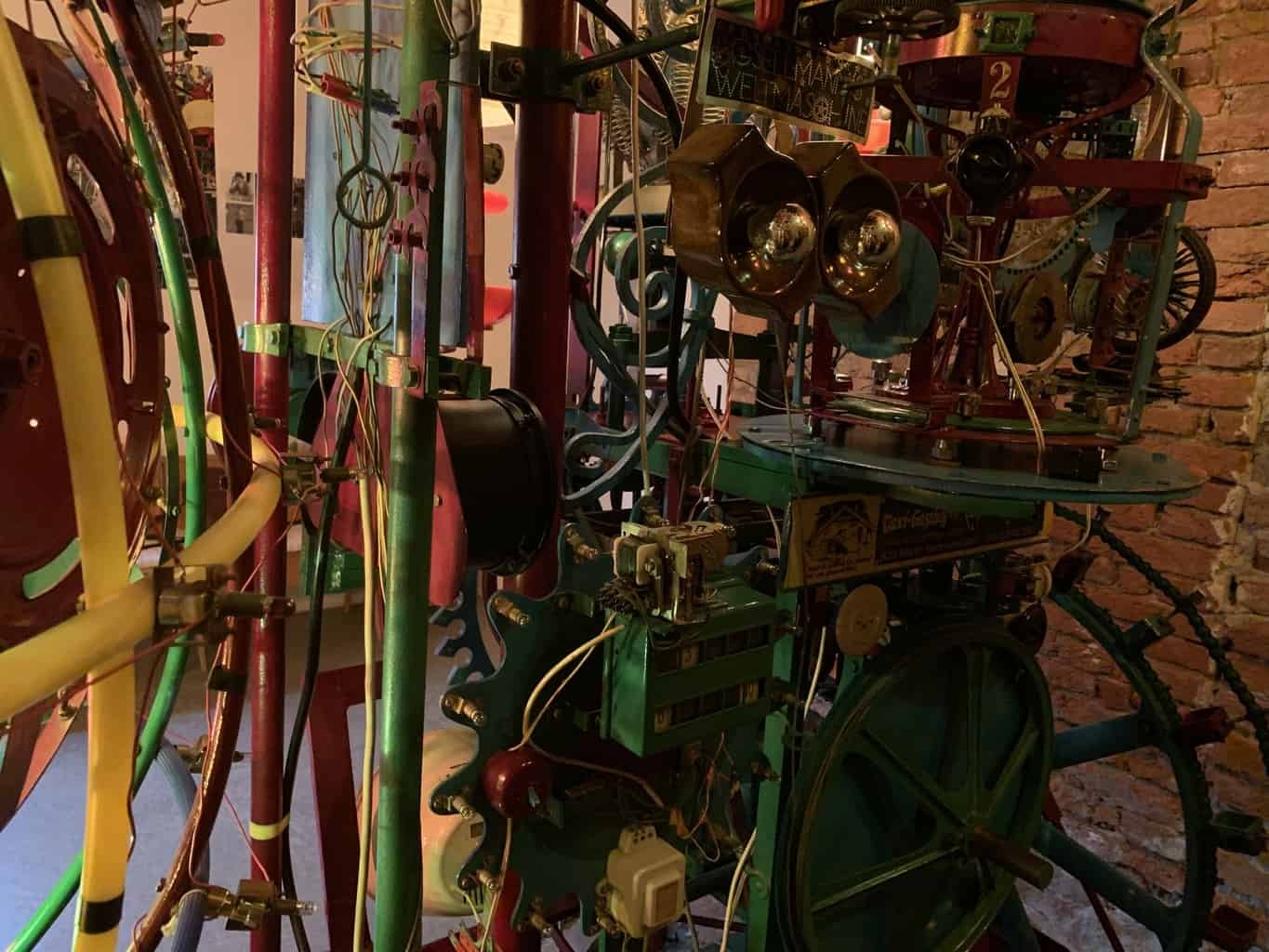


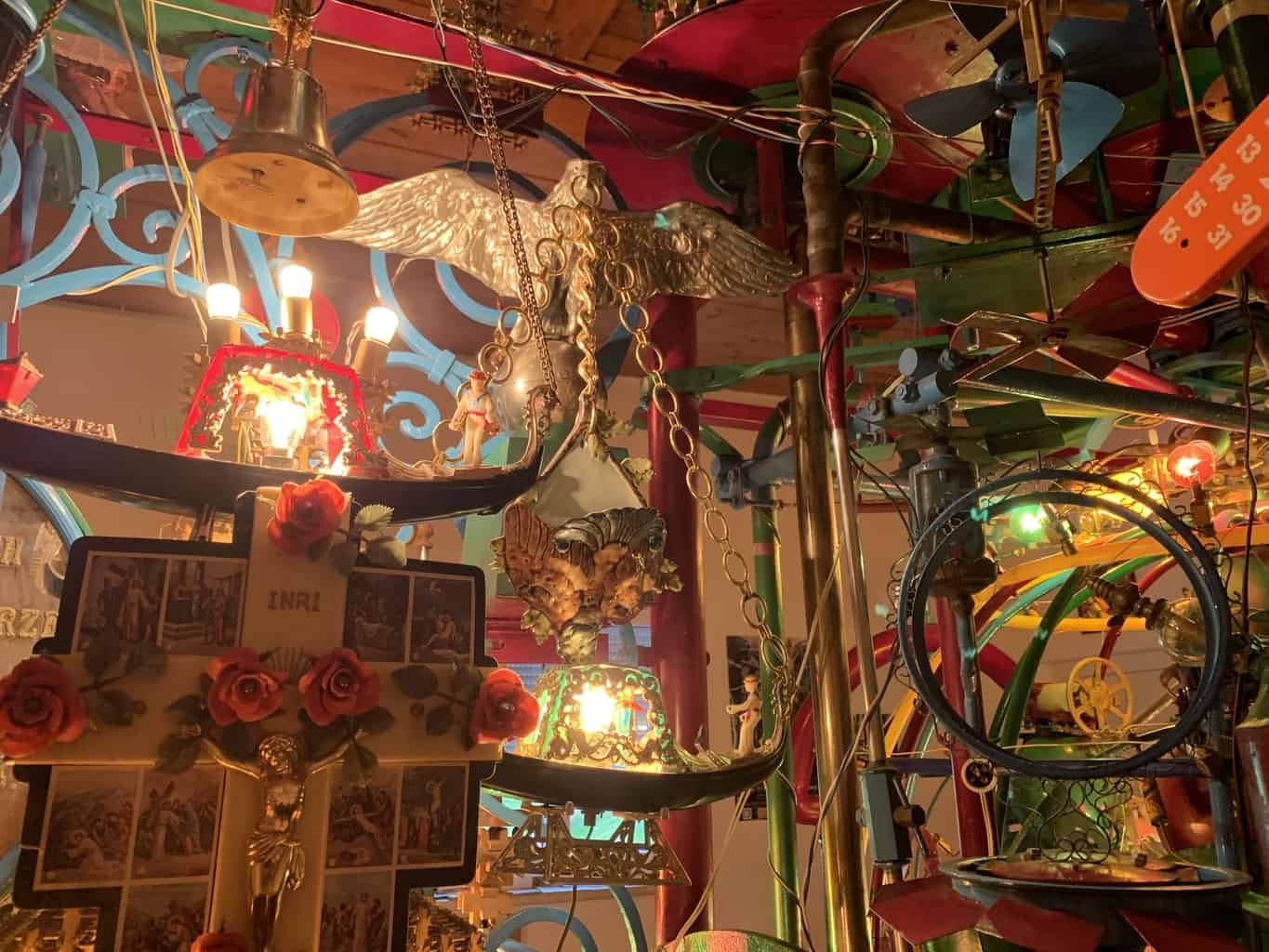

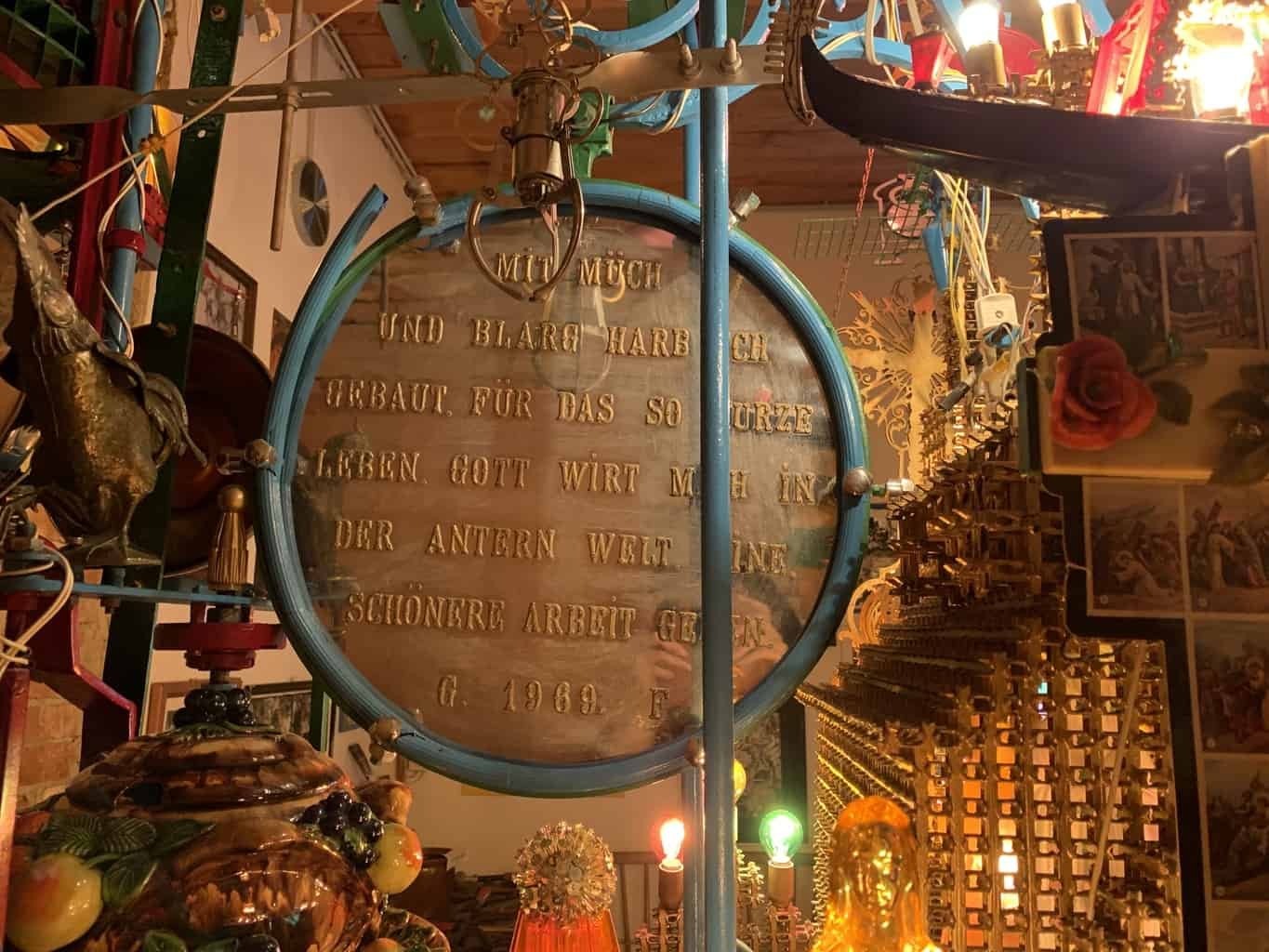
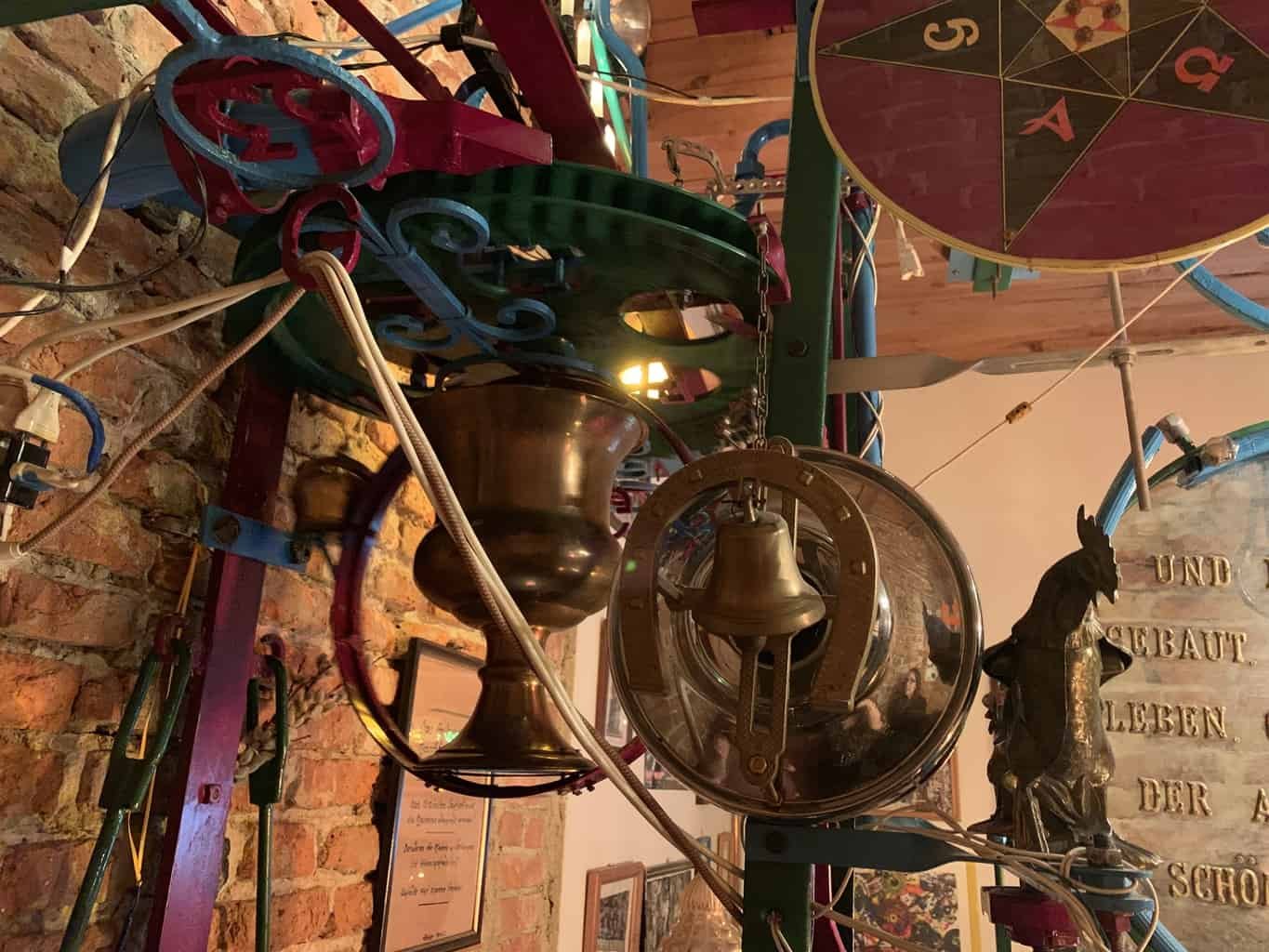
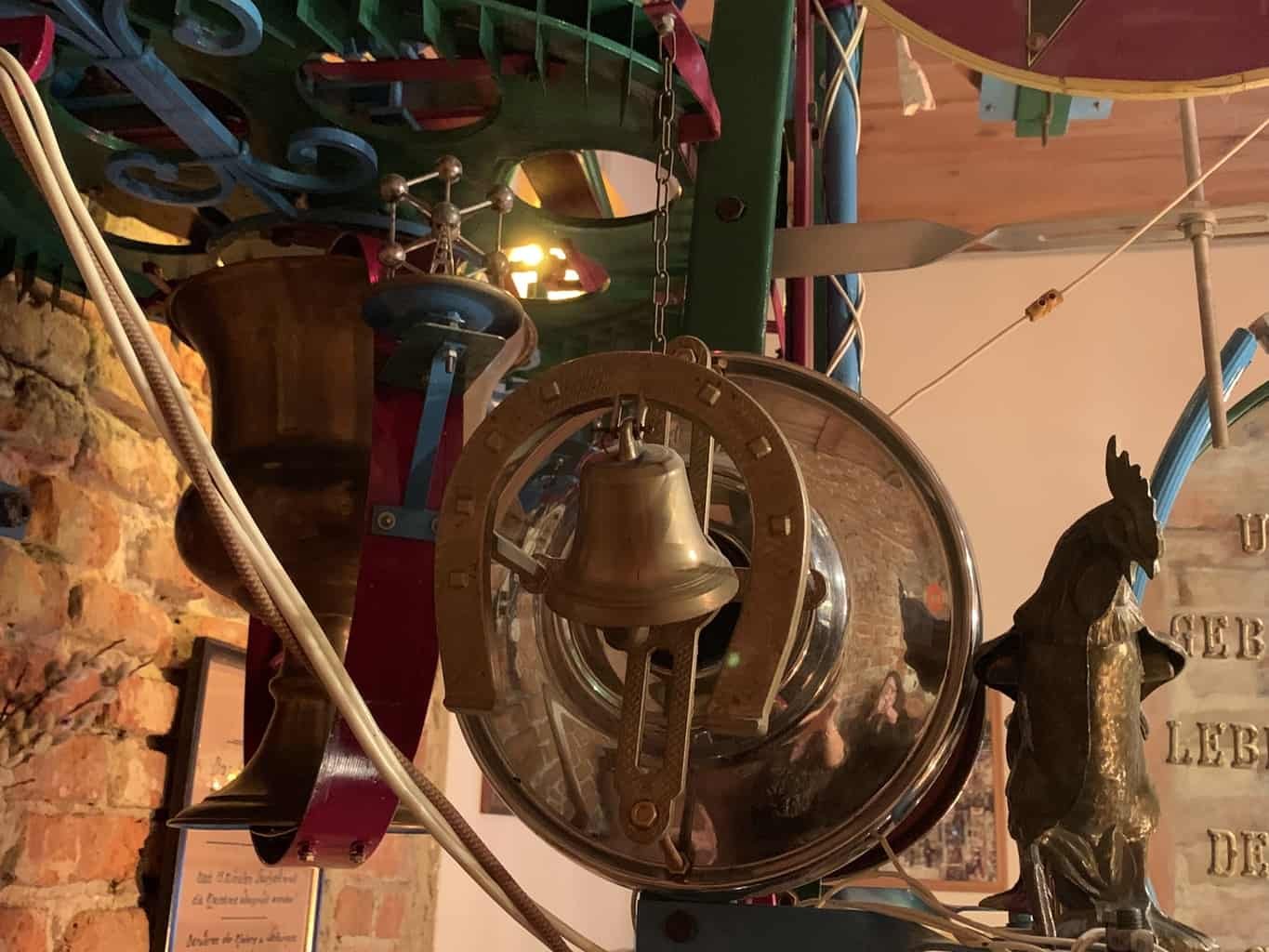

Alas, we needed to press on…



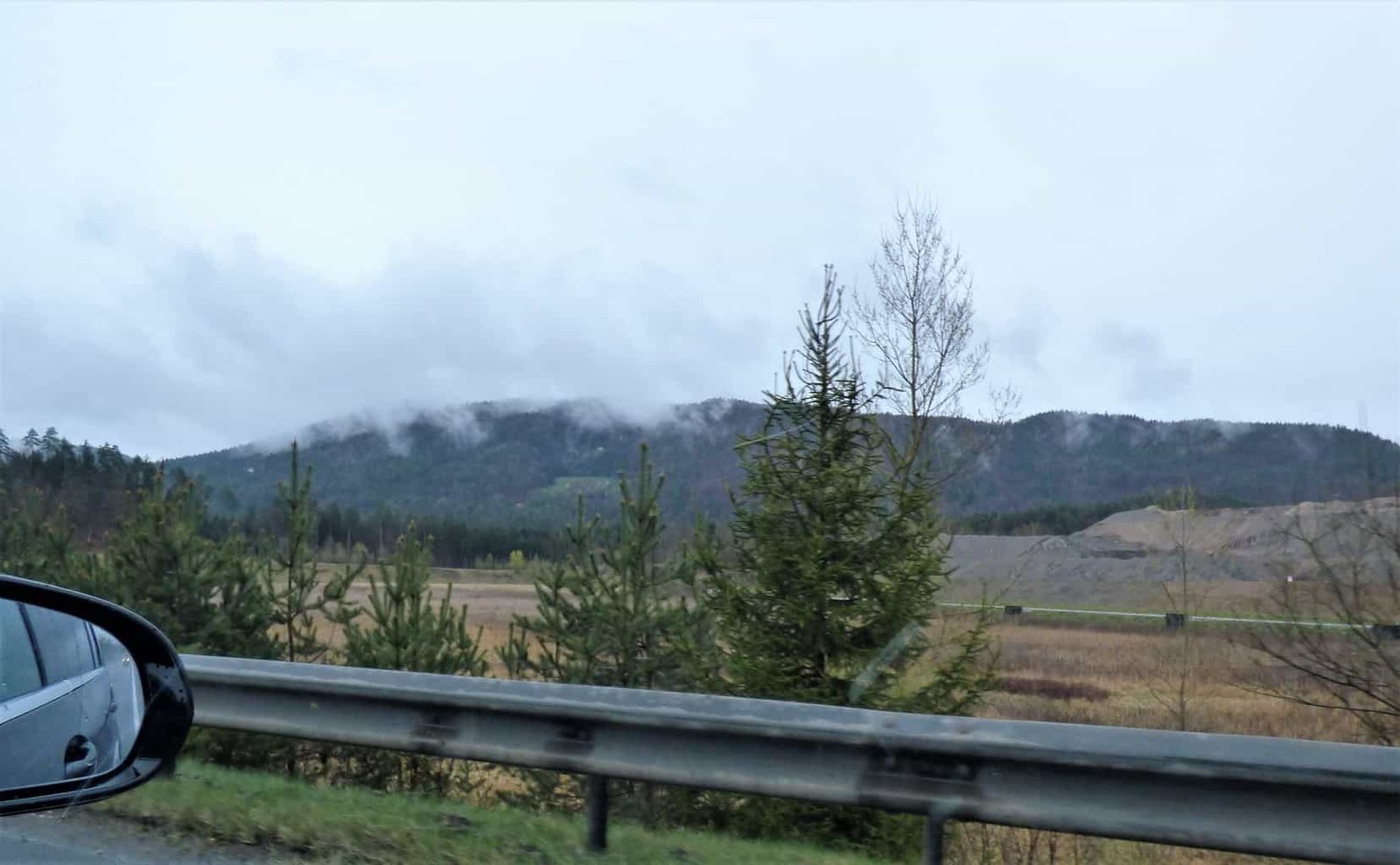
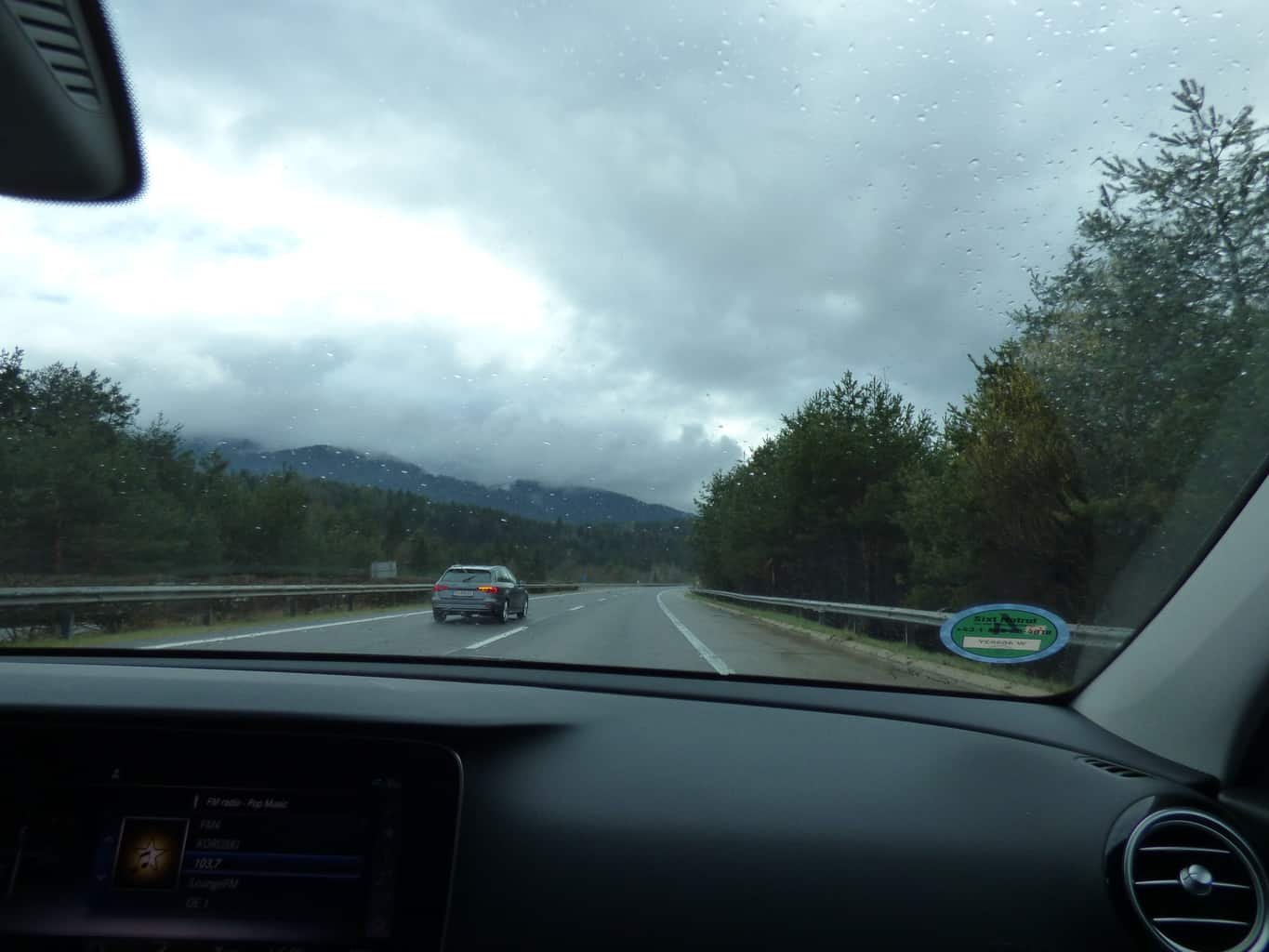
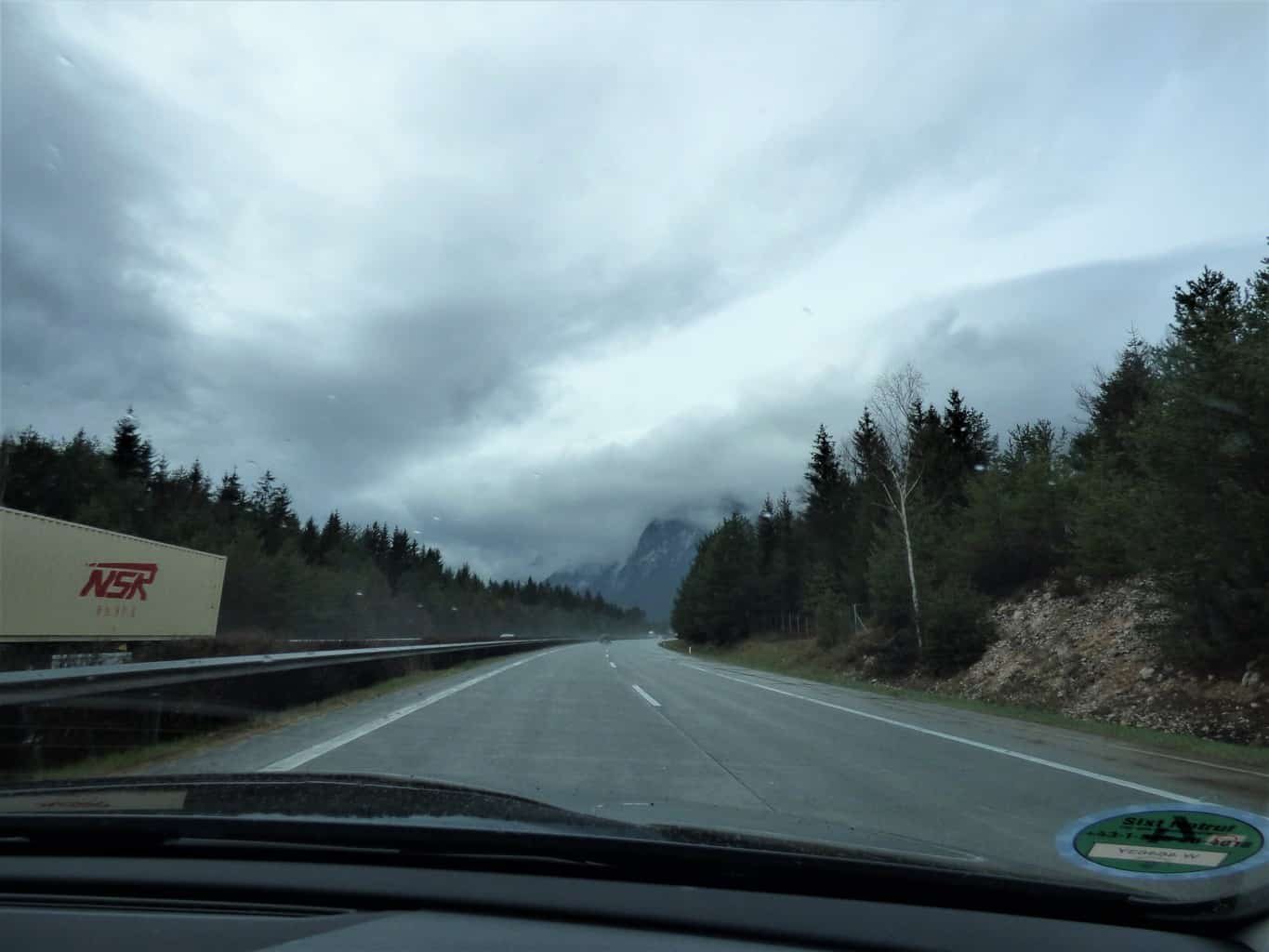
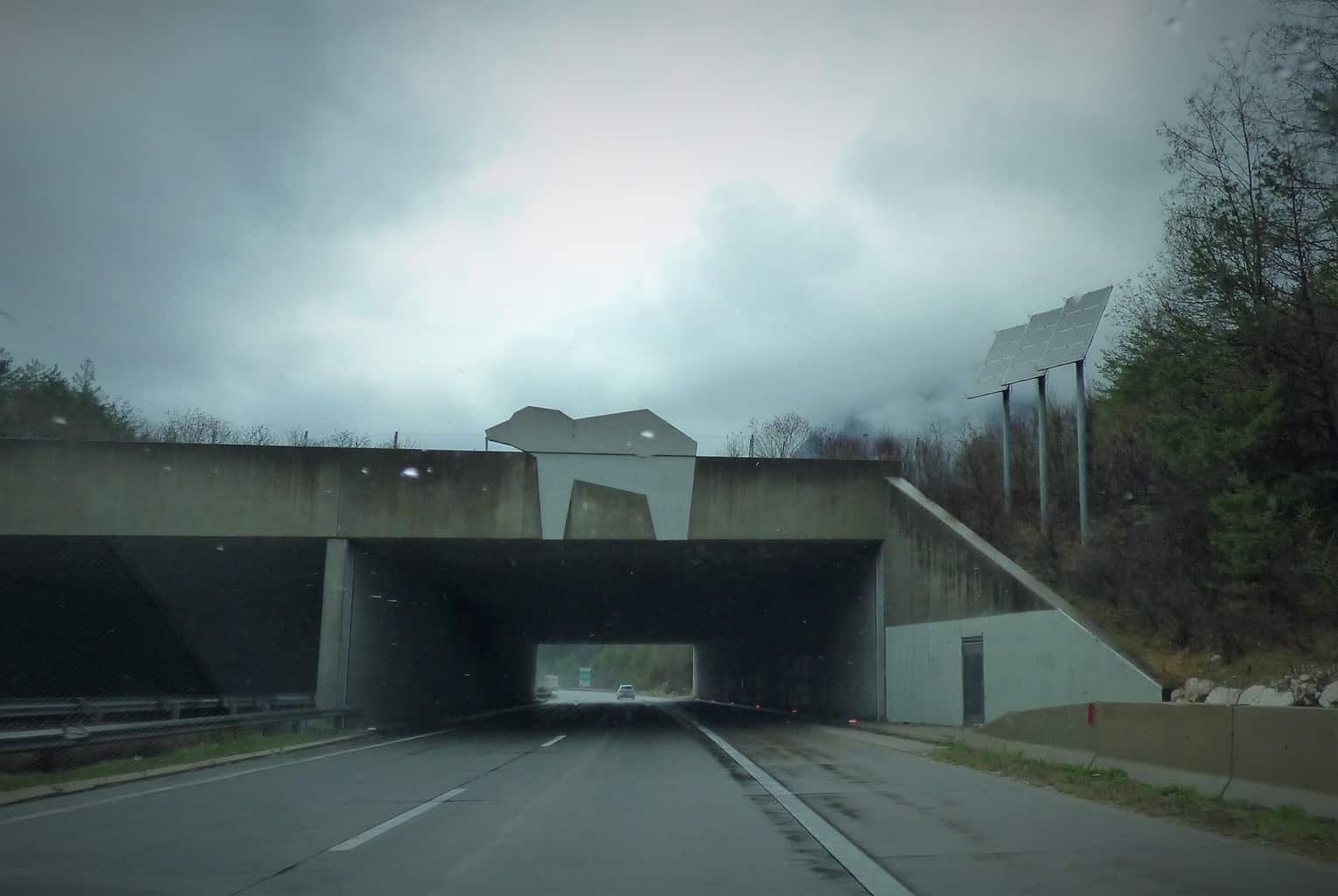
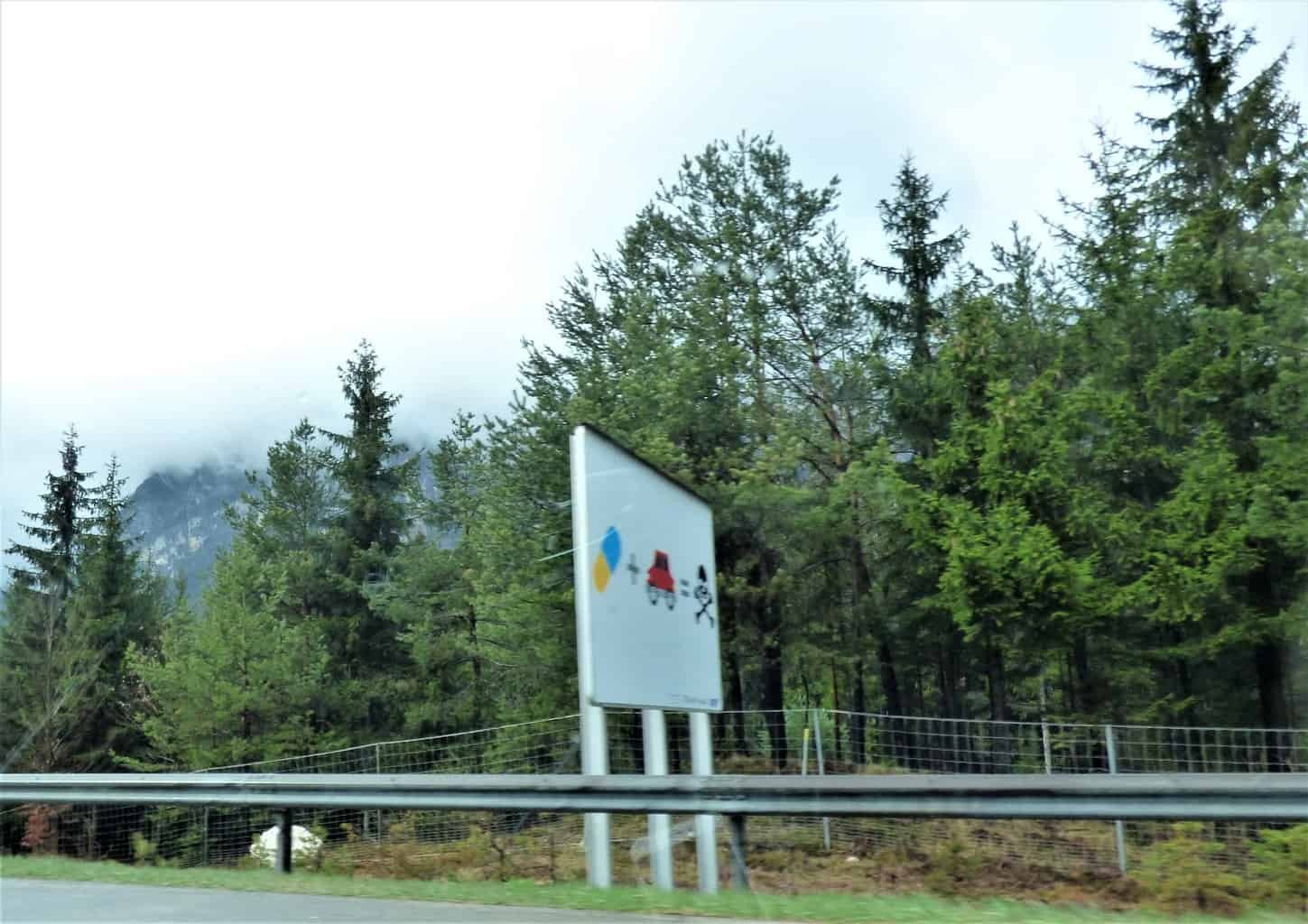

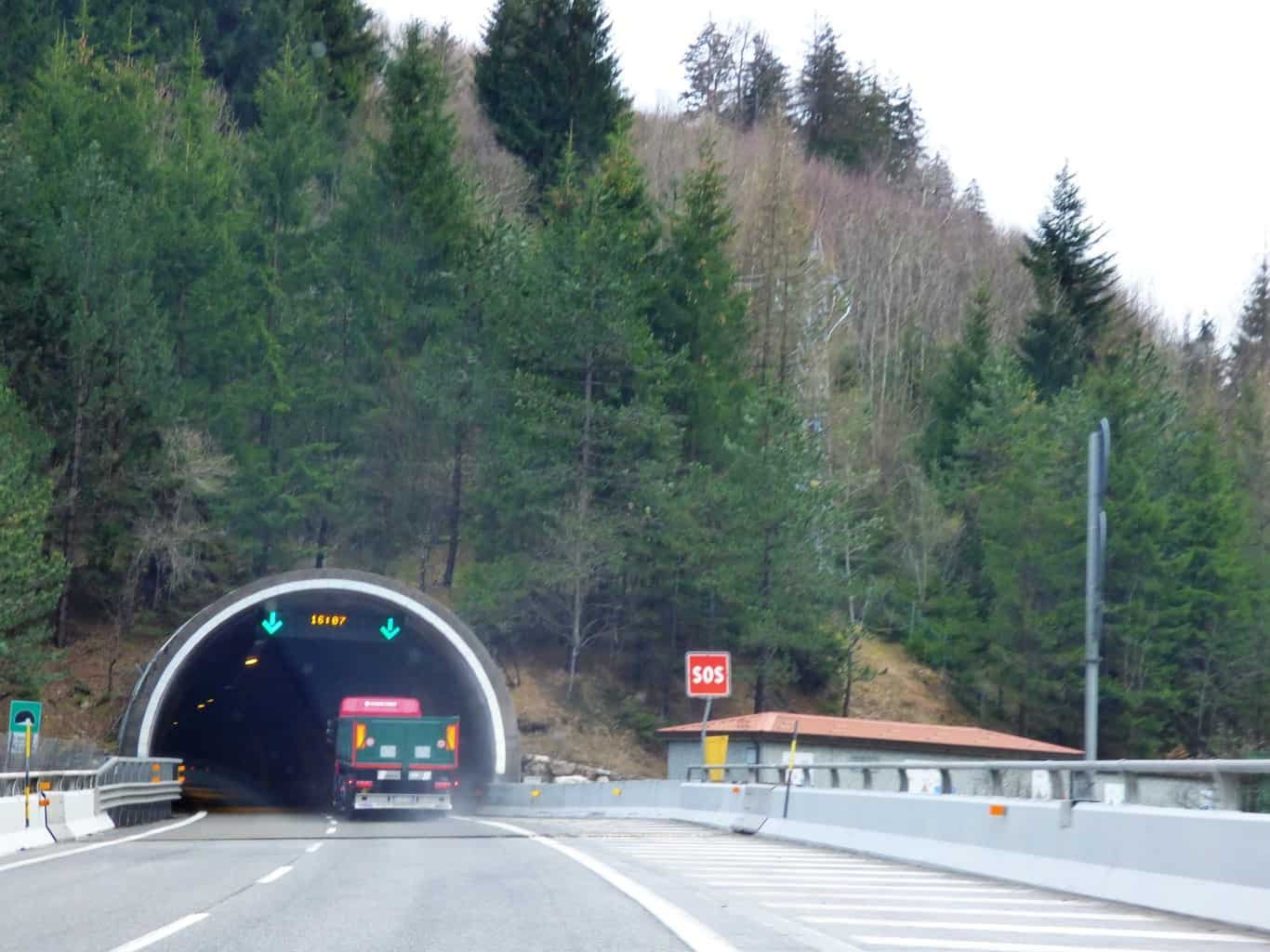



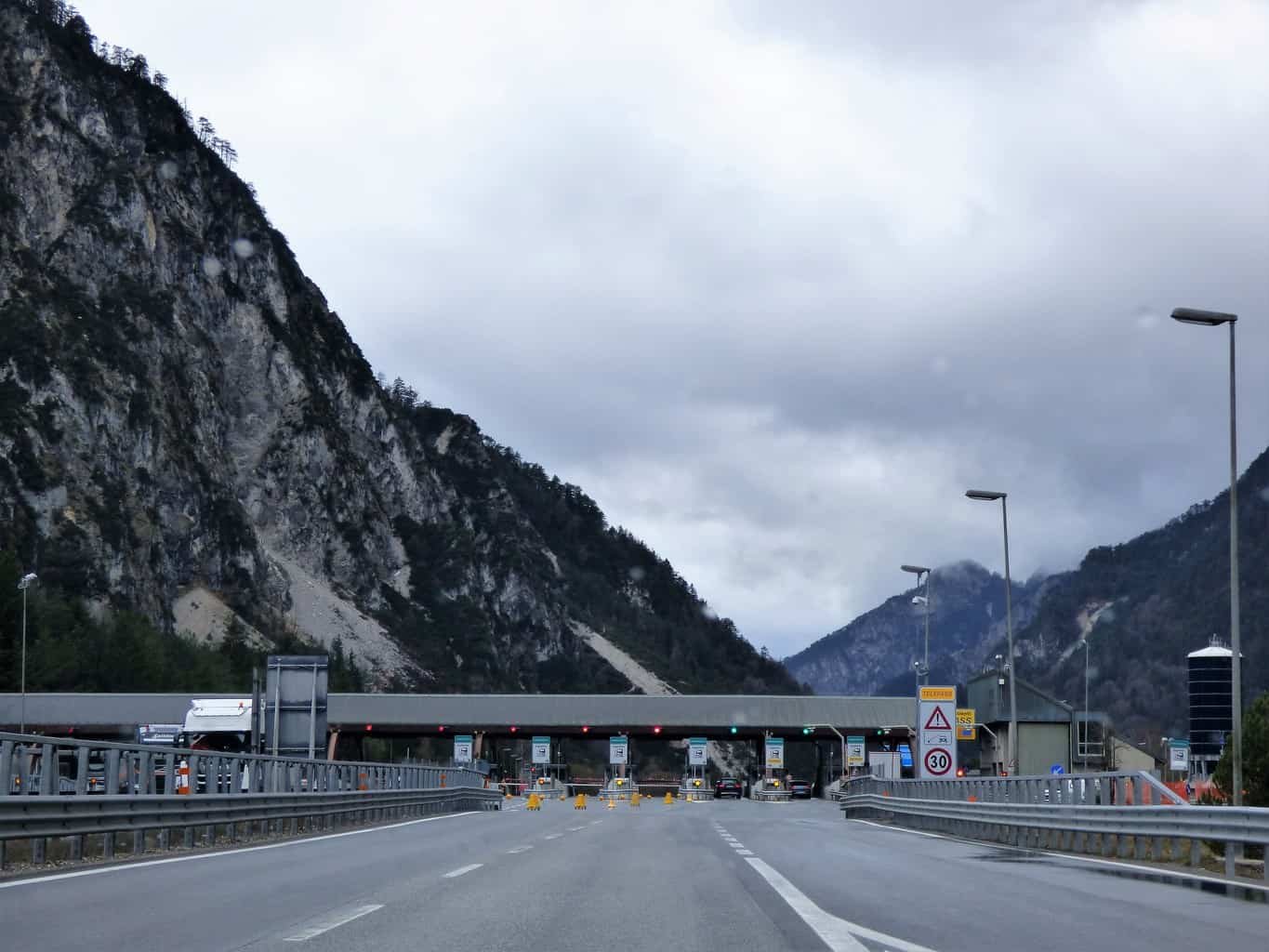


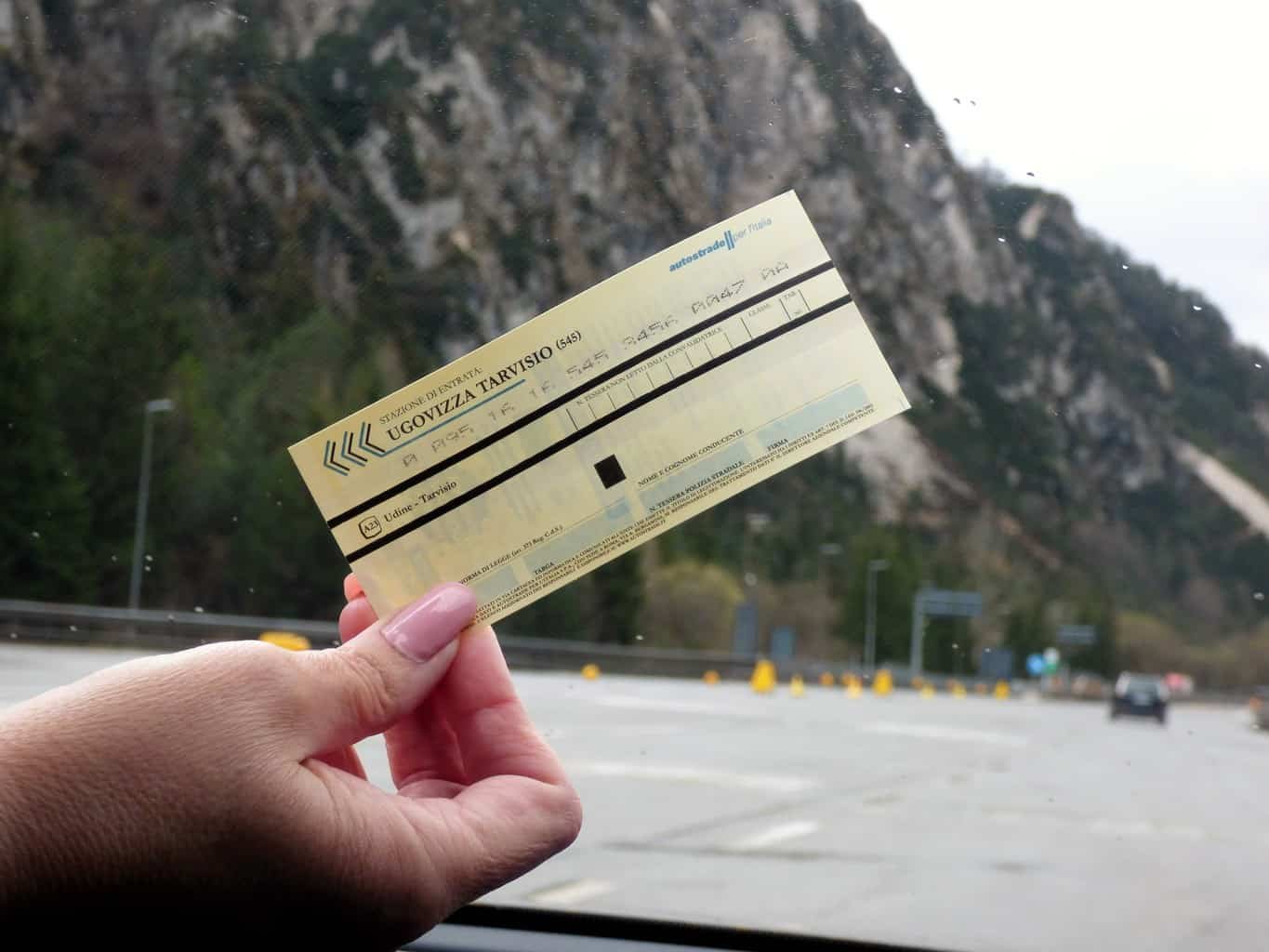
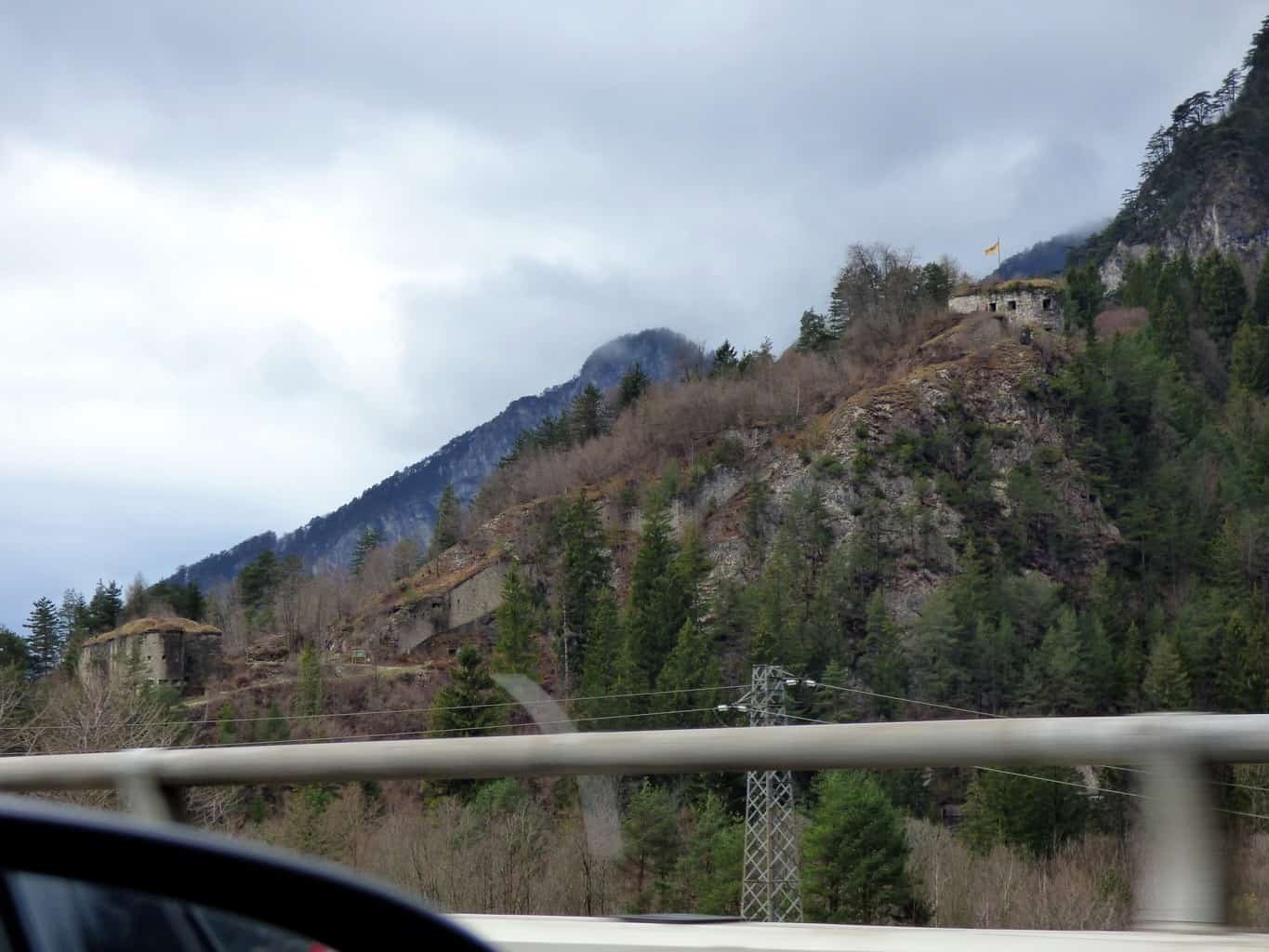
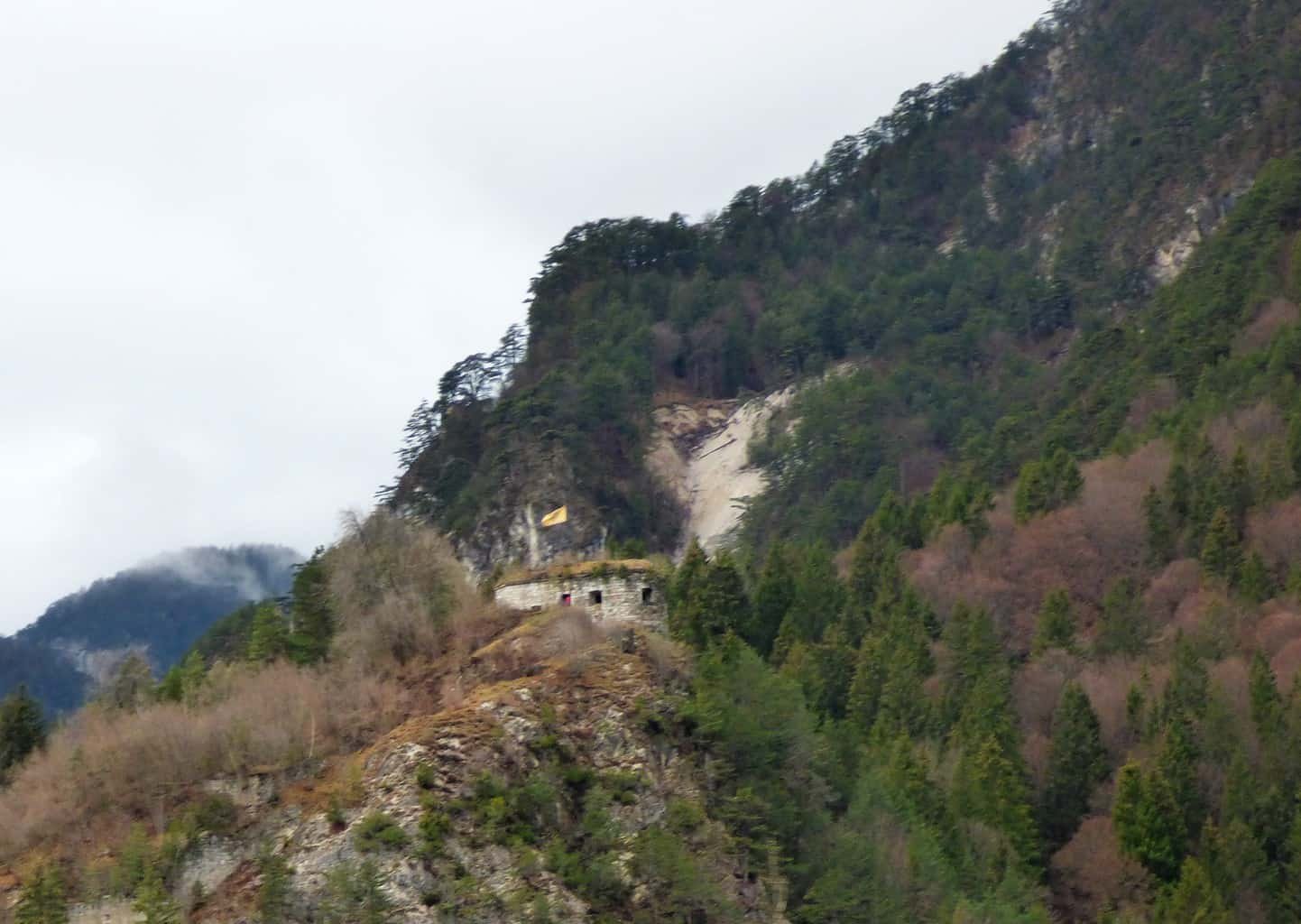


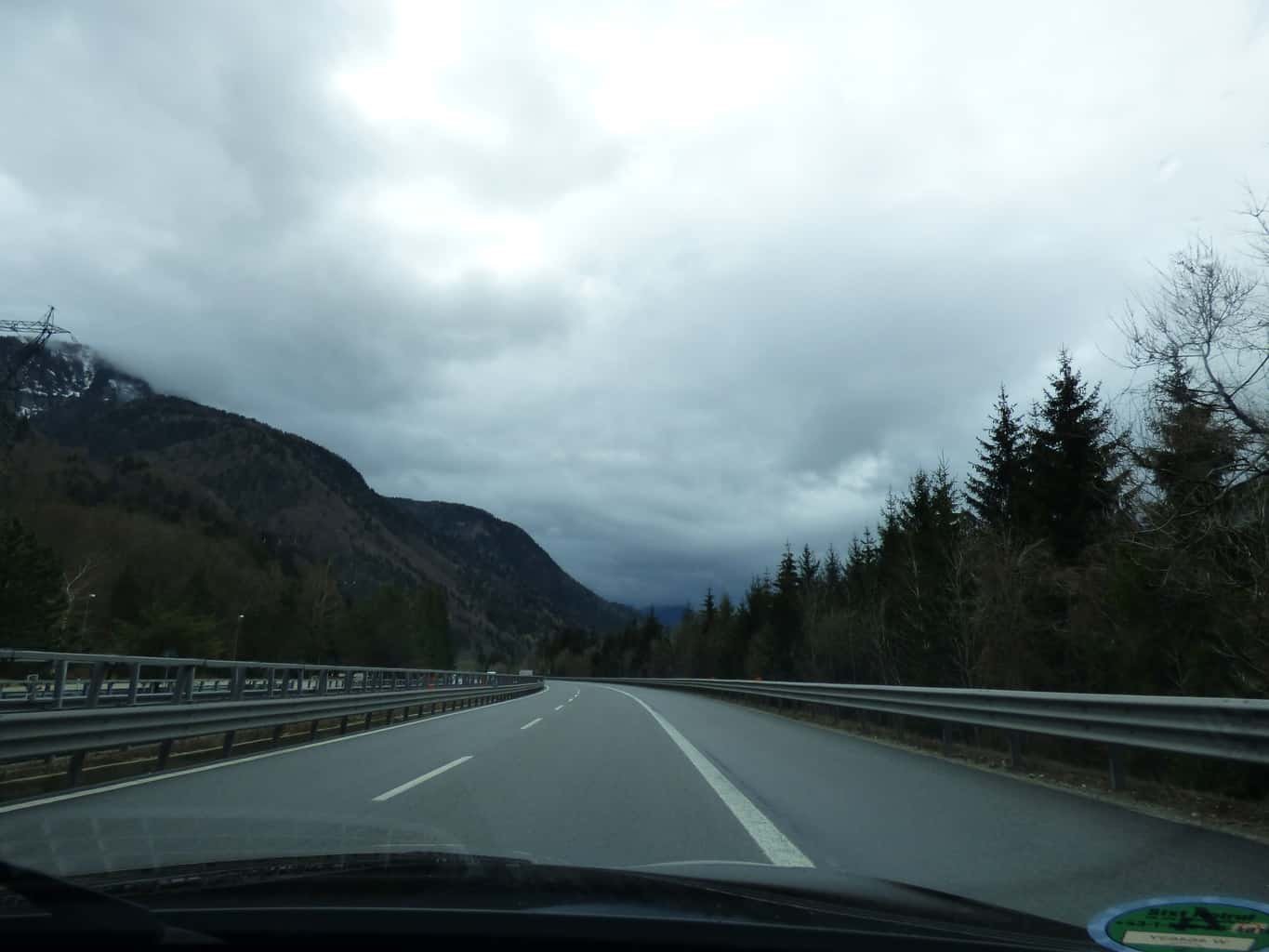
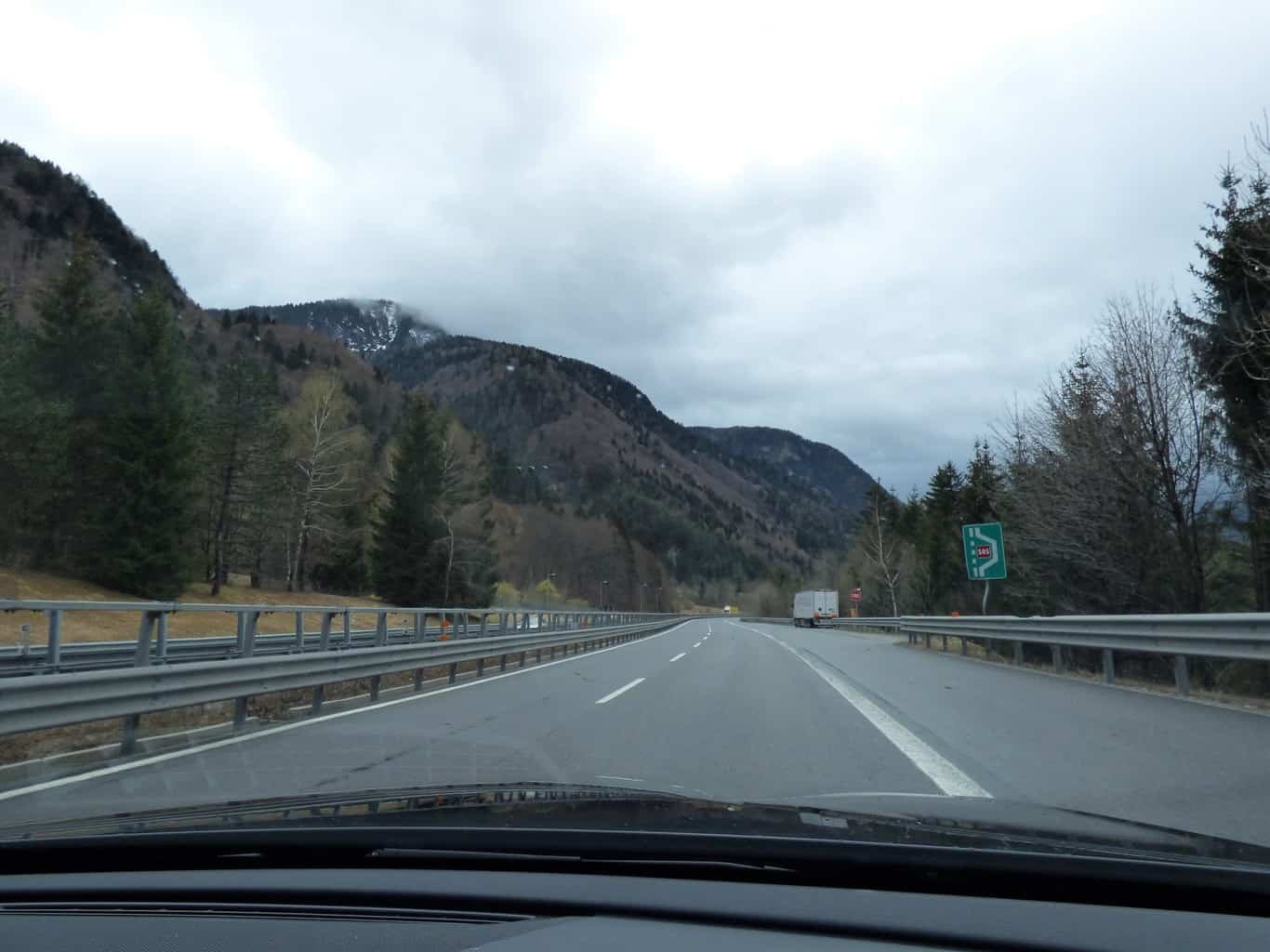

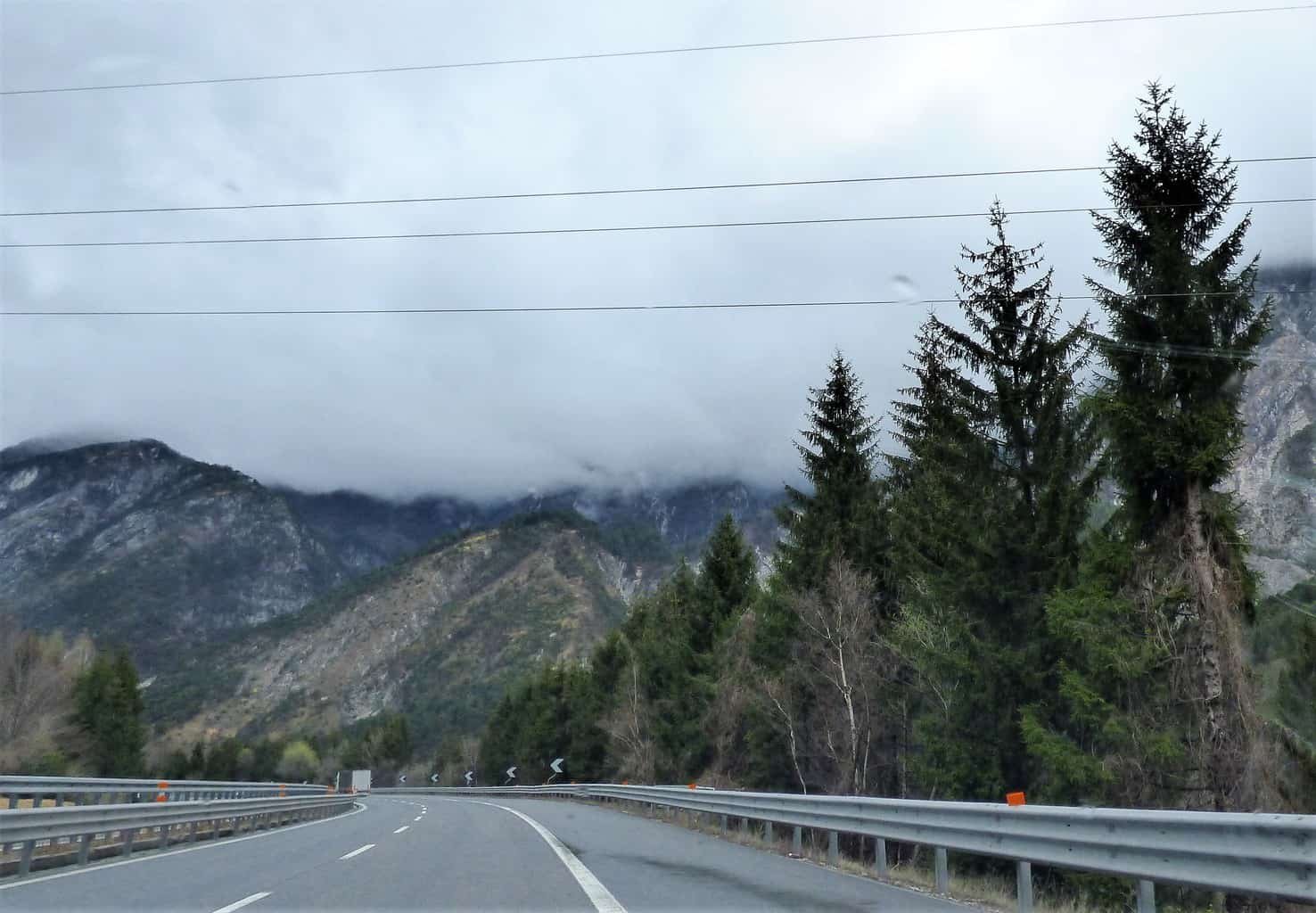
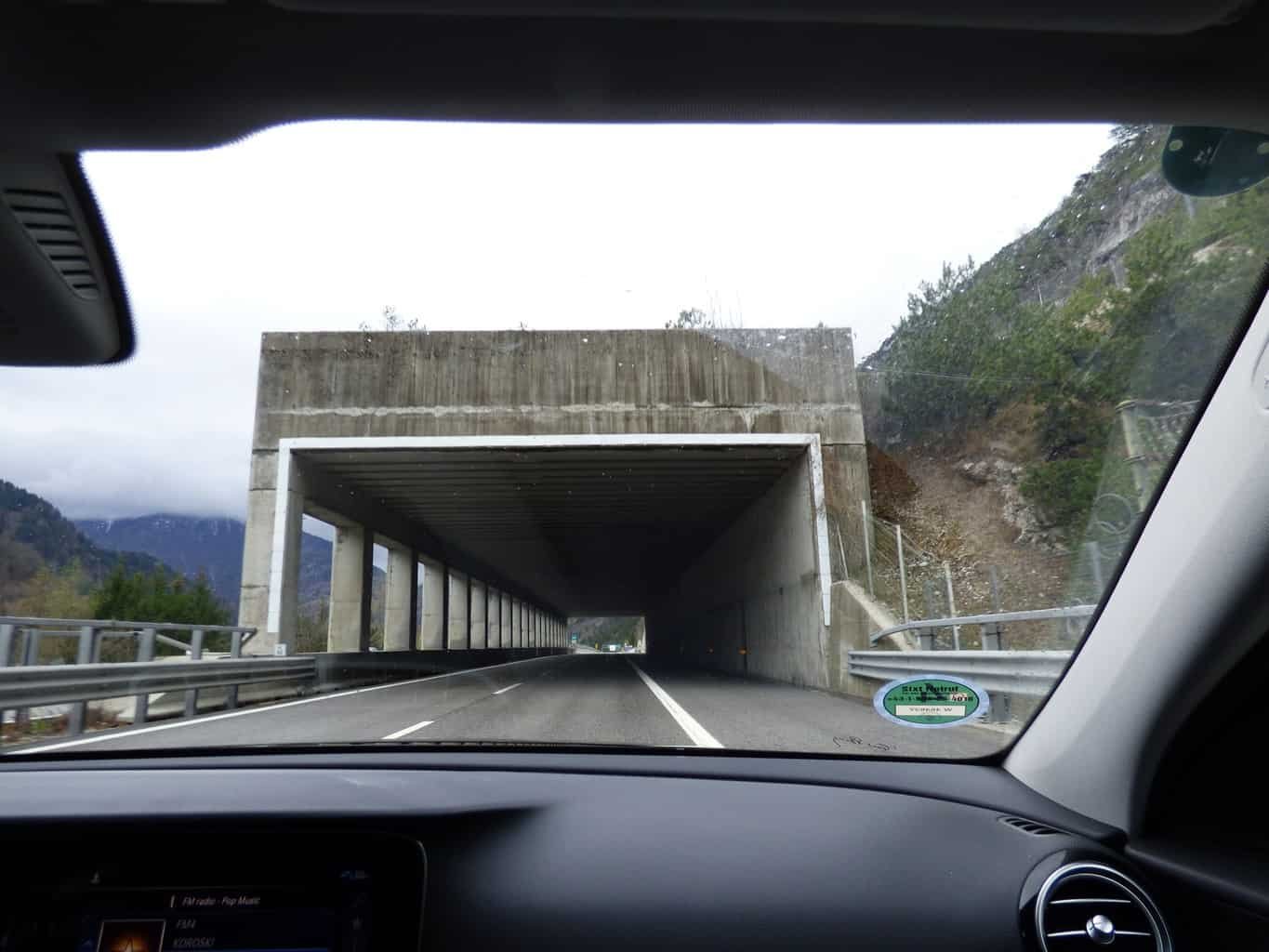
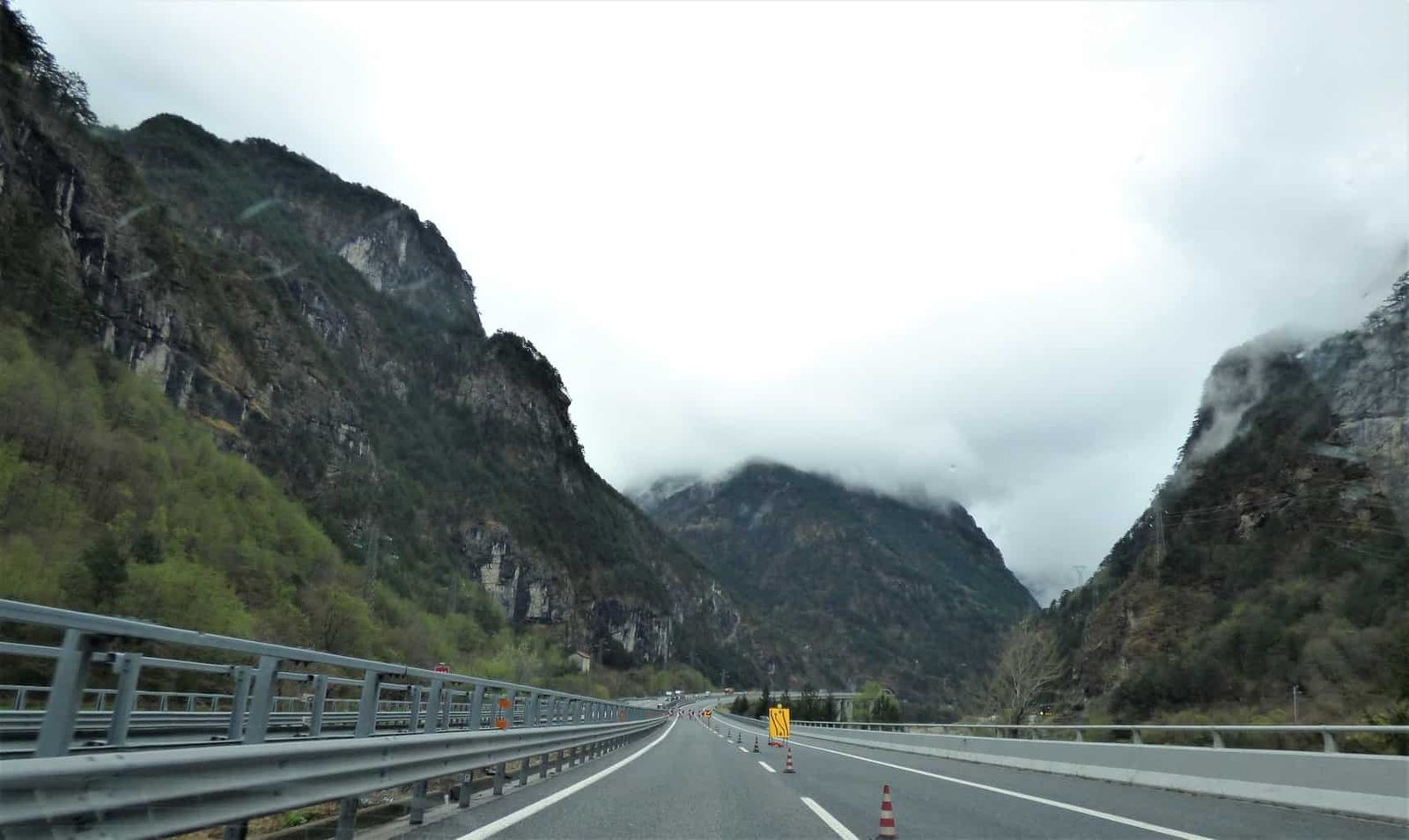



…and arrived at the most glorious of places to stay! Villa Cà Zane Martin

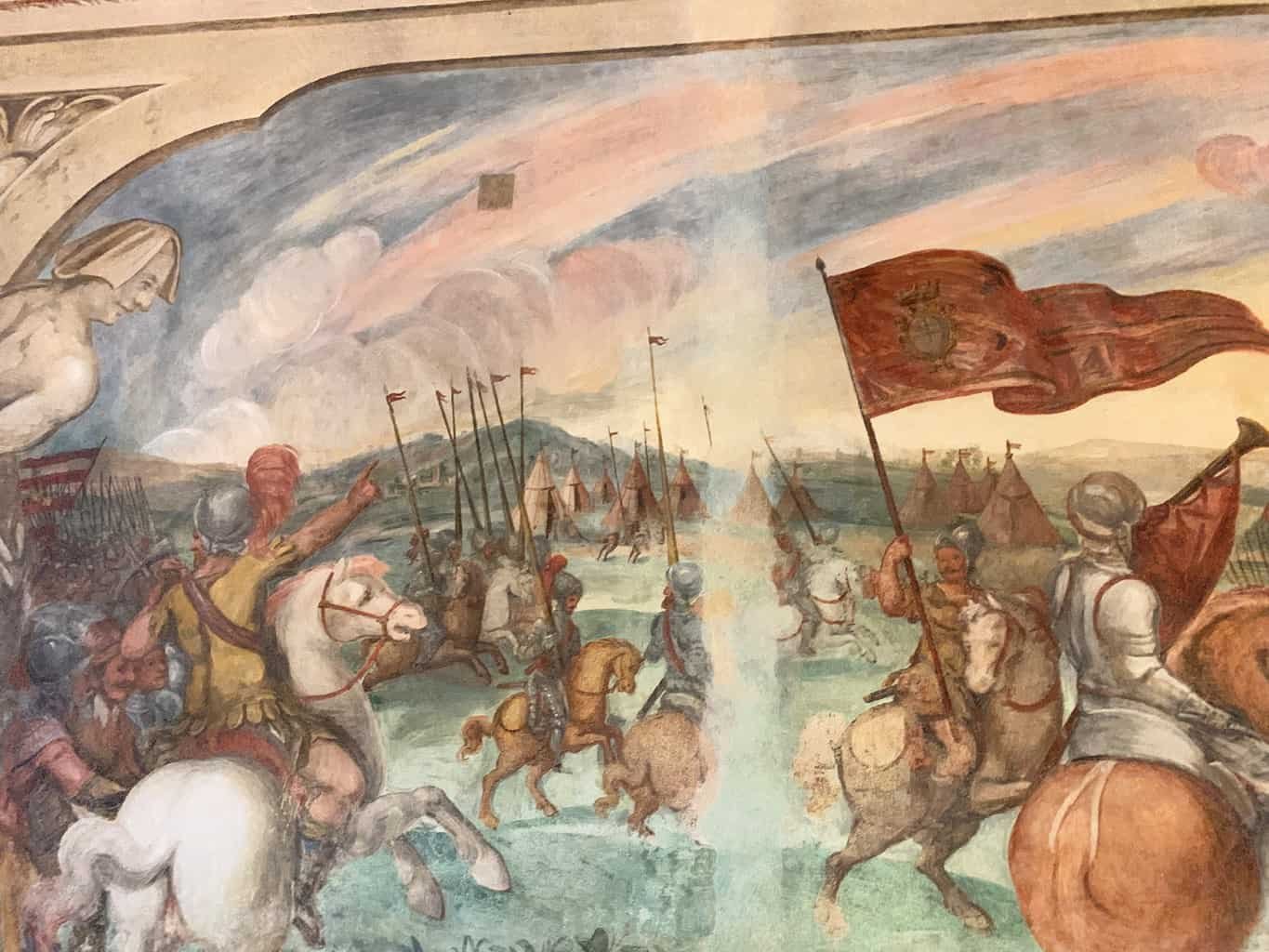
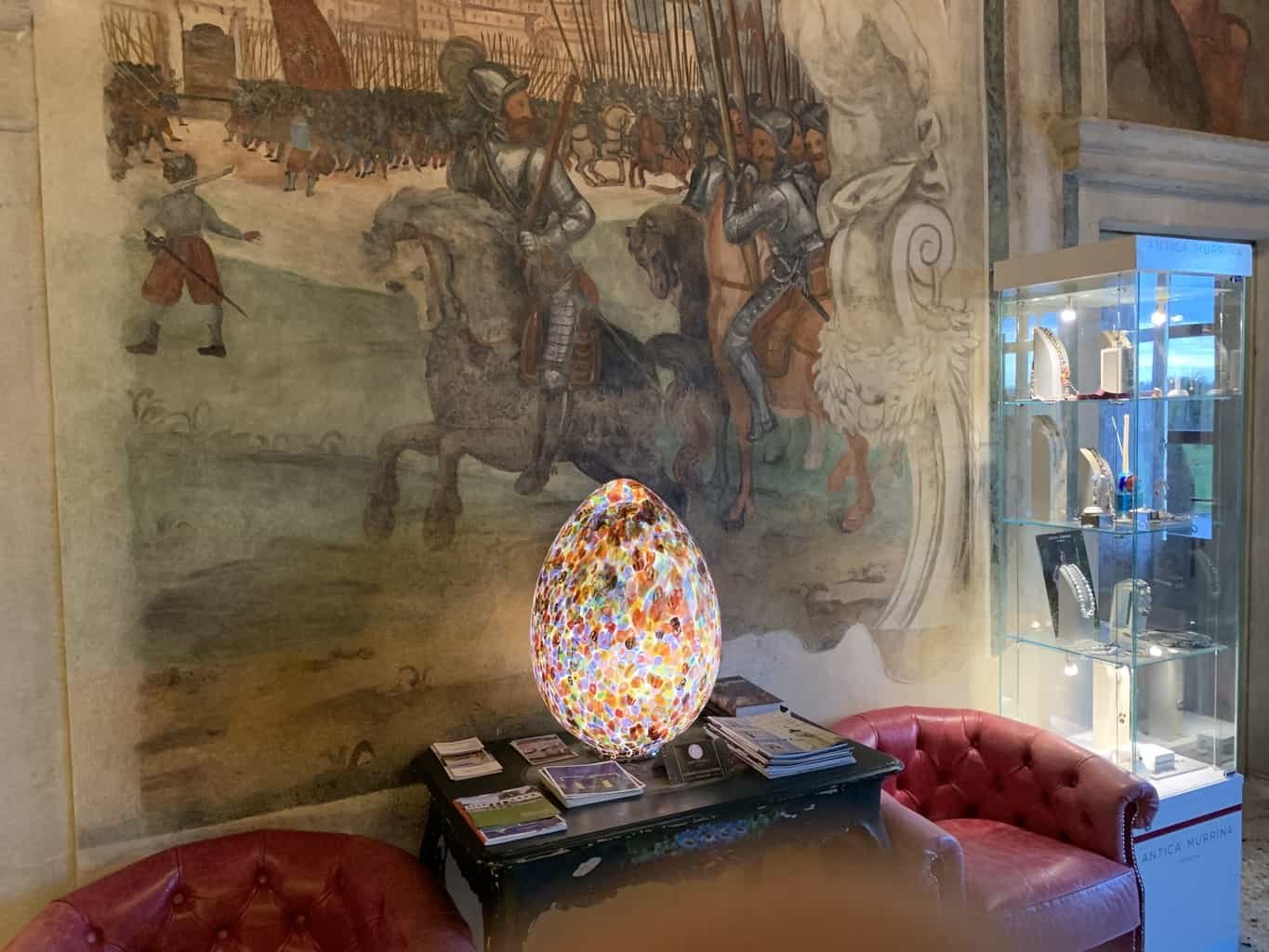
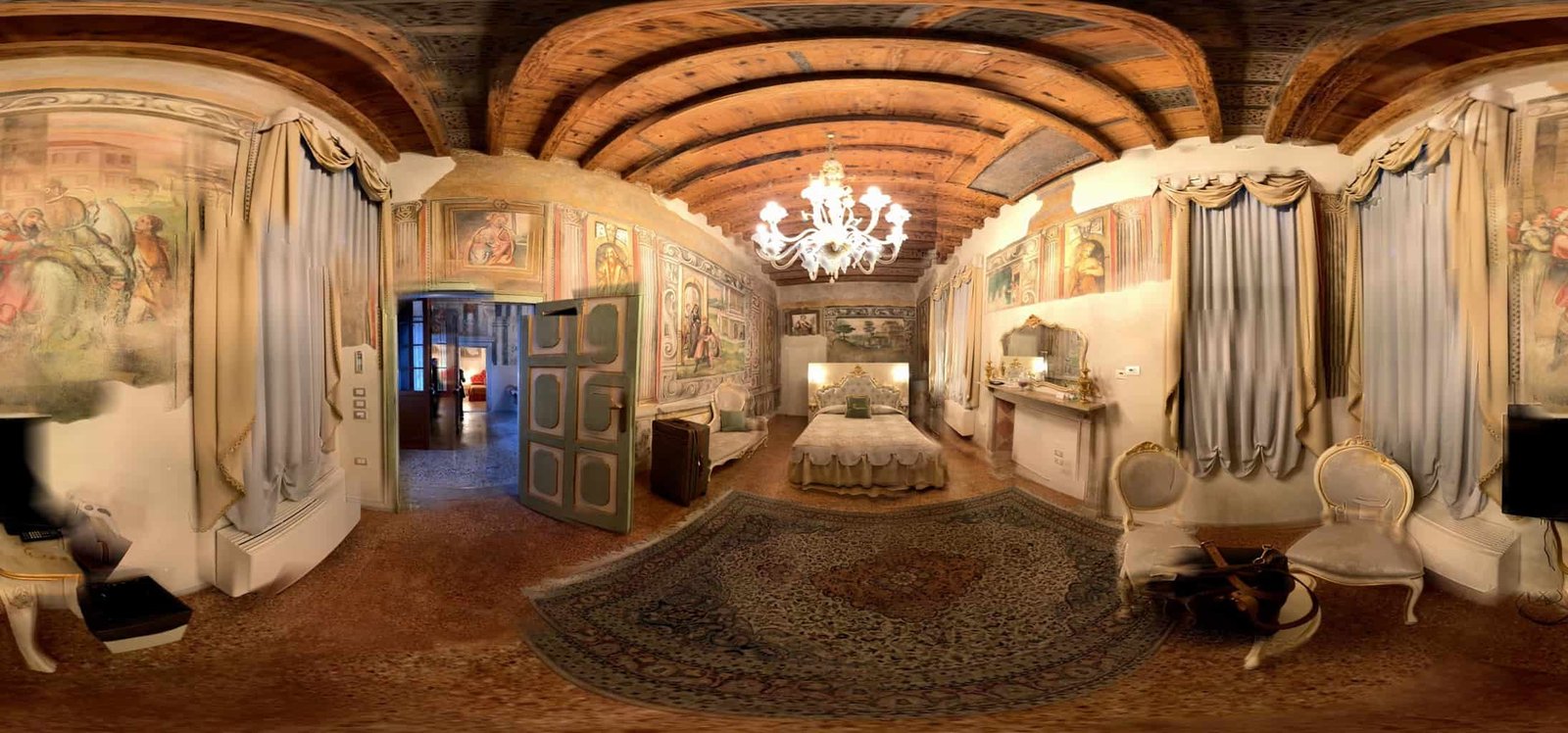
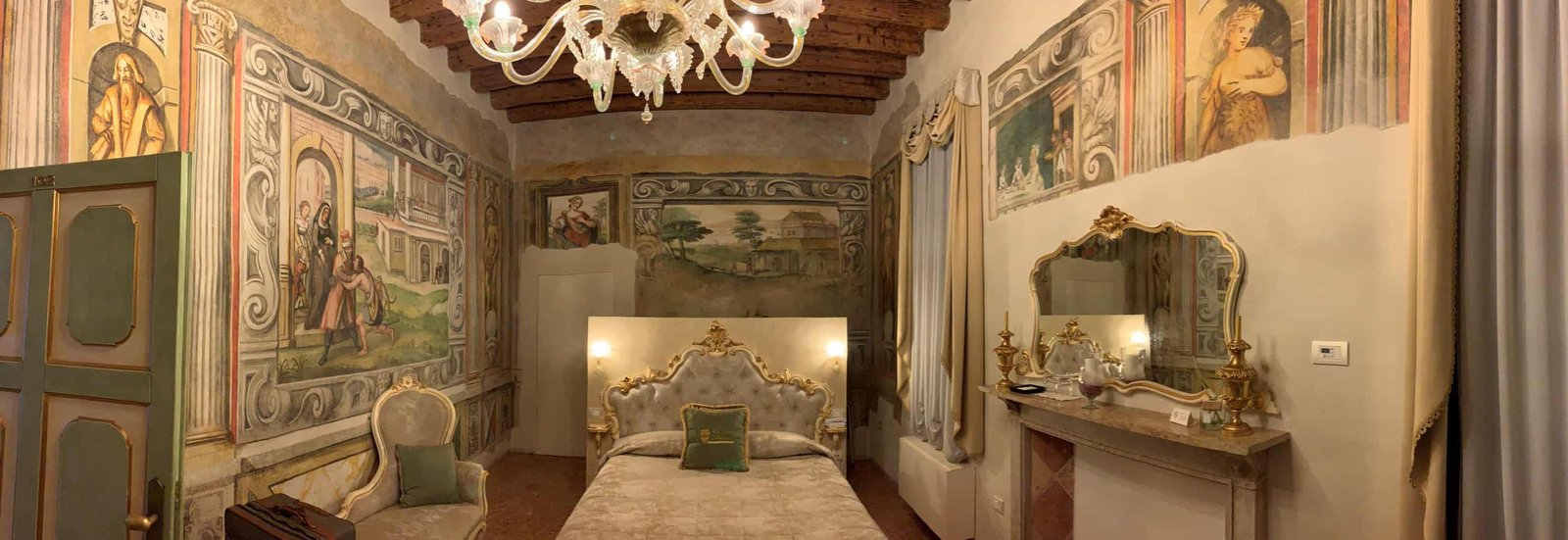
From their website:
Villa Cà Zane Martin is located about 200 m. from the prelate church of San Bruson, to the north-east, along the “Argine sinistro” ( left bank side) street, at n. 105.
Villa Cà Zane Martin in Dolo is an historical Venetian Villa dating back to the end of the 15th century with annexed boat house which has recently been bought back to the ancient glory thanks to a long (almost 10 years ) conservative refurbishment and the restoration of its precious frescoes, as well as the original floors and the wooden structures.
Today, the villa bears the name of its first and last owners: the Zane family was among the richest and renowned Venetian families. In past times, the Zanes belonged to the group of the 24 “old families” who claimed tribunicial origins. In the years of the Most Serene Republic, the Zanes had prestigious positions in society: They were ambassadors, procurators, governors, scholars, captains of the navy and they were often invested with the title of knight. Thanks to their fame and power, they could establish tight family relationships with some of the most powerful Venetian families like the Contarini, the Giustinian, the Tiepolo, the Priuli, the Barbarigo, the Pisani and the Venier families.
<<In 1684 the Villa, still owned by the Zanes, besides the main building with boat house and oratory, was also made of a steward and a farmer house, a stable, a vegetable garden and an orchard with fruit trees and wine yard; there was also the church guardian house, which included a second wall-bricked house with roof-tiles and a third one with a cane roof and its own courtyard>>.
The Zane family owned the Villa until 1715, then it passed to the families Morosini and Venier, to cite some of the most important. In the course of the years, the villa passed to the Levorato family who lived in it until 1962, when they sold it to the Velluti family.
Mr. Antonio Martin is the owner of the villa since January 2001.
The Martin family bought the Villa in 2001, after many years it had been uninhabited and left in a state of neglect. The inside walls had almost all been covered with lime and only a small part of the frescoes in the main hall on the ground floor were visible. The reason for this derives from the fact that centuries ago, noble families were asked to pay a surcharge for their properties and richness. Therefore balustrades, private little chapels and frescoes were removed in order not to pay these taxes.
The Frescoes in the main hall were brought back to light after 8 long years of restoration. They all tell stories happened in the territory nearby and real facts happened to the Zane family. Guests can admire the family stem everywhere; it consists of two little angels holding an oval with flowers and swallow ornaments and it has now been acquired by the present owners.
One of the frescoes in the main hall shows a war scene and it’s likely that the Zane took part in it since it tells of the fight between the provinces of Padova, Venice and Treviso to conquer the Ambrosia territory. The Serenissima St. Marc’s flag stands out in a triumph. In the “vanity” allegory instead a victorious and glorious Goddess of the War is represented bare-breasted while hugging a peacock.
The Villa is oriented like all typical noble palaces in Venice, which had a face on the “Grand Canal” and the other on the “calli” and the “campi” (squares). Originally in fact, the Naviglio river flowed in front of the villa; from this the name of the street which refers to the river left bank. The right bank instead collapsed centuries ago; it was remodelled and today the river preserves the same position as that time.
Ca’ Zane Martin is connoted by a 16th century plano-volumetric layout. From findings emerged during the recent restoration works, it seems that the villa was built directly on a 15th century layout or even on Romans ruins.




…and since the kitchen was closed when we arrived, home delivered AMAZING Italian pizza and grilled chicken was the order of the day, and watching, “Under the Tuscan Sun” in preparation for the Semmering our drive home in a week’s time…

~ Bella
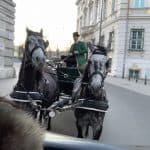
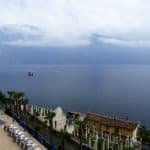

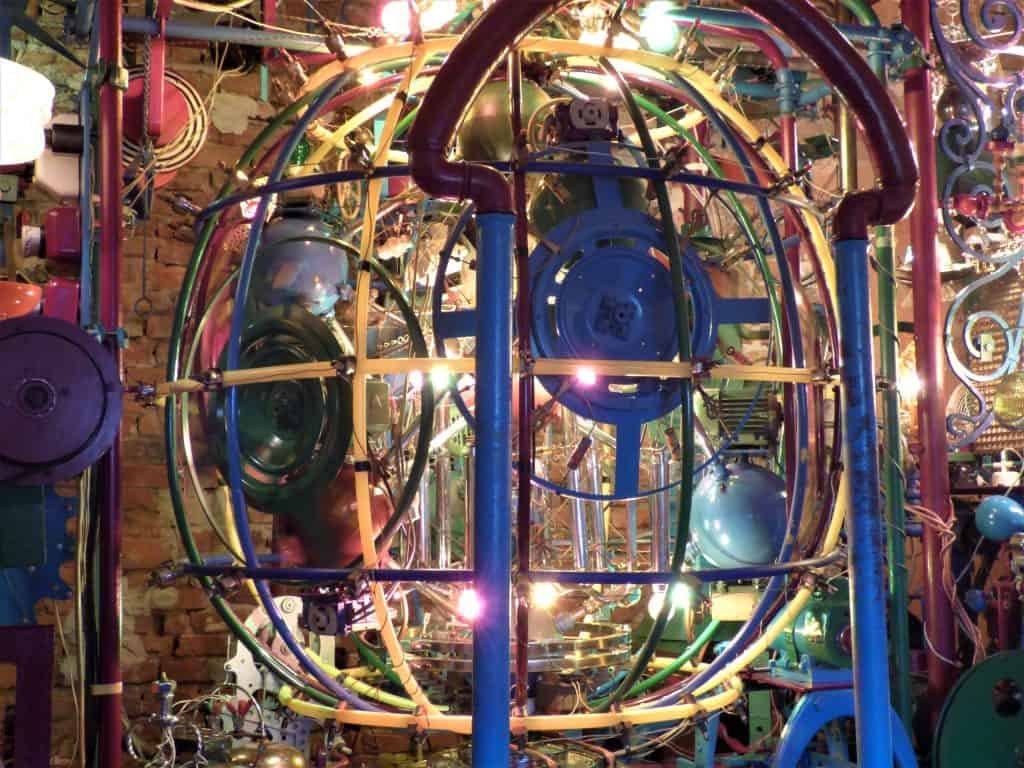
One comment